Jan 02, 21 · Hint Find where f ″ ( x) = 0 Answer f is concave up over the interval ( − ∞, 1 2) and concave down over the interval ( 1 2, ∞) We now summarize, in Table 454, the information that the first and second derivatives of a function f provide about the graph of f, and illustrate this information in Figure 458Start date Jun 23, 10;I understand that for y=f(x) you just reflect the parts of the graph below the x axis in the x axis as with any modulus graph, but I don't understand how y=f(x) is different I feel like it should just be the same?

Finding The Derivative Of A Function Looking At A Graph Mathematics Stack Exchange
How to graph f'(x)
How to graph f'(x)-Jun 23, 10 #1 mandy9008 127 1 Homework Statement A object of mass 300 kg is subject to a force Fx that varies with position as in the figure below Find the work done by the force on the object as it moves as followsApr 24, 17 · Now, we will solve (F?G)(x) By definition, (F?G)(x)is equal to f(g(x)) This means that every x in f(x) must be replaced with g(x), which is equal to (2/x) Now f(x)=3/(x2) which is equal to f(g(x))=3/(2/x)2 This is f(g(x)) Please click on the image for a better understanding




Finding Values Of Derivative Given F Graph Mathematics Stack Exchange
Solution f ′ ( x) = 3 x 2 − 6 x = 3 x ( x − 2) Since f ′ is always defined, the critical numbers occur only when f ′ = 0, ie, at c = 0 and c = 2 Our intervals are ( − ∞, 0), ( 0, 2), and ( 2, ∞) On the interval ( − ∞, 0), pick b = − 1 (You could just as well pick bGraph of f (½ x) = (½ x) 2 (This graph grows only half as fast as does the graph of the regular function, shown in the previous box) As you can see, multiplying inside the function (inside the argument of the function) causes the graph to get thinner or fatterHi, Can anyone help me understand the difference between the graphs of y= f(x) and y=f(x), please?
May 24, 18 · Explanation graph { (1/5)^x , , 1042, 1042} In graphs of the form f (x) = ax where 0 < a < 1, as x increases, y decreases, and viceversa As exponential decay is measured as when a population or group of something is declining, and the amount that decreases is proportional to the size of the population, we can clearly see thatIf range = f (x)a < f (x) < b, then the new range is g(x)b < g(x) < a Graphs of f (x) and f (x) Making the input negative reflects the graph over the yaxis, or the line x = 0 Here are the graphs of y = f (x) and y = f ( x)YOUTUBE CHANNEL at https//wwwyoutubecom/ExamSolutionsEXAMSOLUTIONS WEBSITE at https//wwwexamsolutionsnet/ where you will have access to all playlists c
The simplest case, apart from the trivial case of a constant function, is when y is a linear function of x, meaning that the graph of y is a line In this case, y = f(x) = mx b, for real numbers m and b, and the slope m is given by = =, where the symbol Δ is an abbreviation for "change in", and the combinations and refer to corresponding changes, ieThe graph of $f(x)$ is the mirror image of the graph of $f(x)$ with respect to the vertical axis The graph of $f(x)$ is the mirror image of the graph of $f(x)$ with respect to the horizontal axis A function is called even if $f(x)=f(x)$ for all $x$ (For example, $\cos(x)$)F(x) means that you replace every 'x' by x f(x) means that you change or of f(x) It is the same function, if the function only has x with odd exponents like x, x^3, x^5, x^(7) etc However, if you have anyhing else, f(x) is not f(x) F
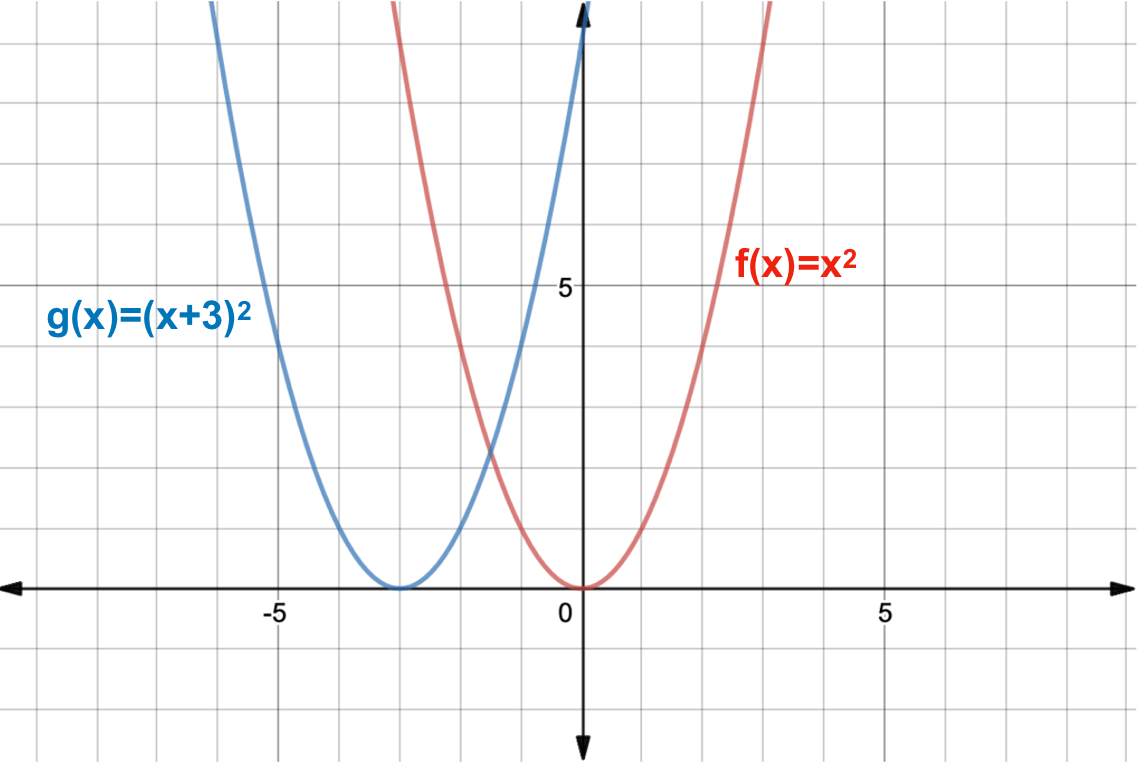



What Is A Function Transformation Expii




Reflecting Functions Examples Video Khan Academy
For each x x value, there is one y y value Select few x x values from the domain It would be more useful to select the values so that they are around the x x value of the absolute value vertex Tap for more steps Substitute the x x value − 2 2 into f ( x) = x f ( x) = x• The graph of f(x)=x2 is a graph that we know how to draw It's drawn on page 59 We can use this graph that we know and the chart above to draw f(x)2, f(x) 2, 2f(x), 1 2f(x), and f(x) Or to write the previous five functions without the name of the function f,Apr 29, 18 · It has been shifted down #4# units and to the left #8# units #f(x)=sqrt(xa) rarr# If the number that is altering the function is inside the square root, then the function is being shifted right (if something is being subtracted) or shifted left (if something is being added) Here, the function is being horizontally shifted 8 units left #f(x)=sqrtxb rarr# If the number that is




The Derivative Function



Solved Sy G X X The Graphs Of F And G Are Shown Above Course Hero
To zoom, use the zoom slider To the left zooms in, to the right zooms out When you let go of the slider it goes back to the middle so you can zoom more You can clickanddrag to move the graph around If you just clickandrelease (without moving), then the spot you clicked on will be the new center To reset the zoom to the original clickFrom the graph of f(x), draw a graph of f ' (x) We can see that f starts out with a positive slope (derivative), then has a slope (derivative) of zero, then has a negative slope (derivative) This means the derivative will start out positive, approach 0, and then become negative Be Careful Label your graphs f or f ' appropriately When we're graphing both functions and theirFor example, (3, 2) is on the graph of f (x), (3, 4) is on the graph of 2f (x), and (3, 1) is on the graph of f (x) Graphs of f (x), 2f (x), and f (x) To stretch or shrink the graph in the x direction, divide or multiply the input by a constant As in translating, when we change the input, the function changes to compensate




Exponential Functions And Their Graphs
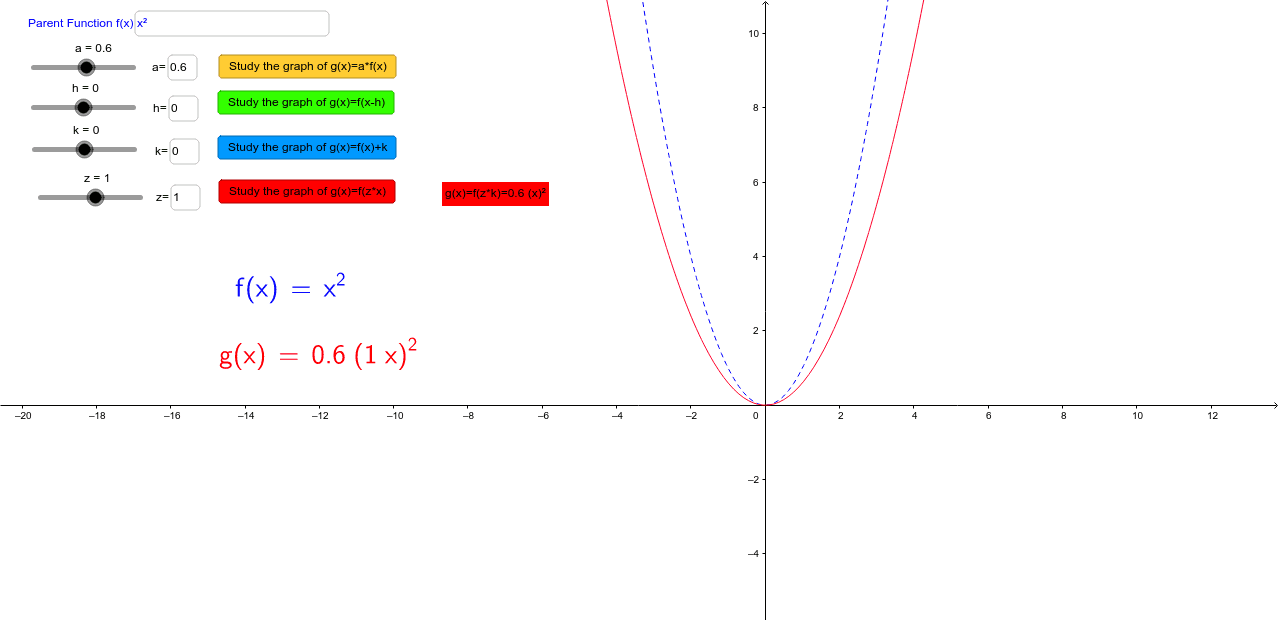



Graph Transformations Discovering Manipulating Functions Geogebra
The range also becomes negative;Graphically, f(x) and f1 (x) are related in the sense that the graph of f1 (x) is a reflection of f(x) across the line y = xRecall that the line y = x is the 45° line that runs through quadrants I and III In addition, if f and f1 are inverse functions, the domain of f is the range of f1 and vice versa If the point (a, b) lies on the graph of f, then point (b, a) lies on the graph of f1Graph f (x)=1/3x2 f (x) = 1 3 x − 2 f ( x) = 1 3 x 2 Rewrite the function as an equation y = x 3 −2 y = x 3 2 Rewrite in slopeintercept form Tap for more steps The slopeintercept form is y = m x b y = m x b, where m m is the slope and b b is the yintercept y = m x b y = m x



Functions Inverse And Composite Functions




Graph A Linear Function As A Transformation Of F X X Youtube
Graph of f ()x f ()xyy== Decreasing Increasing Horizontal tangent line ('flat' spot) possible max or min, but could be terrace point Vertical tangent line Cusp ''() dy fx y dx == Negative ≤ 0 Positive ≥ 0 = 0 DNE, (but f (x) exists) Determine from other info DNE, (but f (x) exists) Determine from other info () 2 2 "" dy fx y dx == DNE DNE Graph of f ()xA math reflection flips a graph over the yaxis, and is of the form y = f (x) Other important transformations include vertical shifts, horizontal shifts and horizontal compression Let's talk about reflections Now recall how to reflect the graph y=f of x across the x axisFigure 442 The graph of f (x) = (cos x) / x 1 f (x) = (cos x) / x 1 crosses its horizontal asymptote y = 1 y = 1 an infinite number of times The algebraic limit laws and squeeze theorem we introduced in Introduction to Limits also apply to limits at infinity We illustrate how to use these laws to compute several limits at infinity
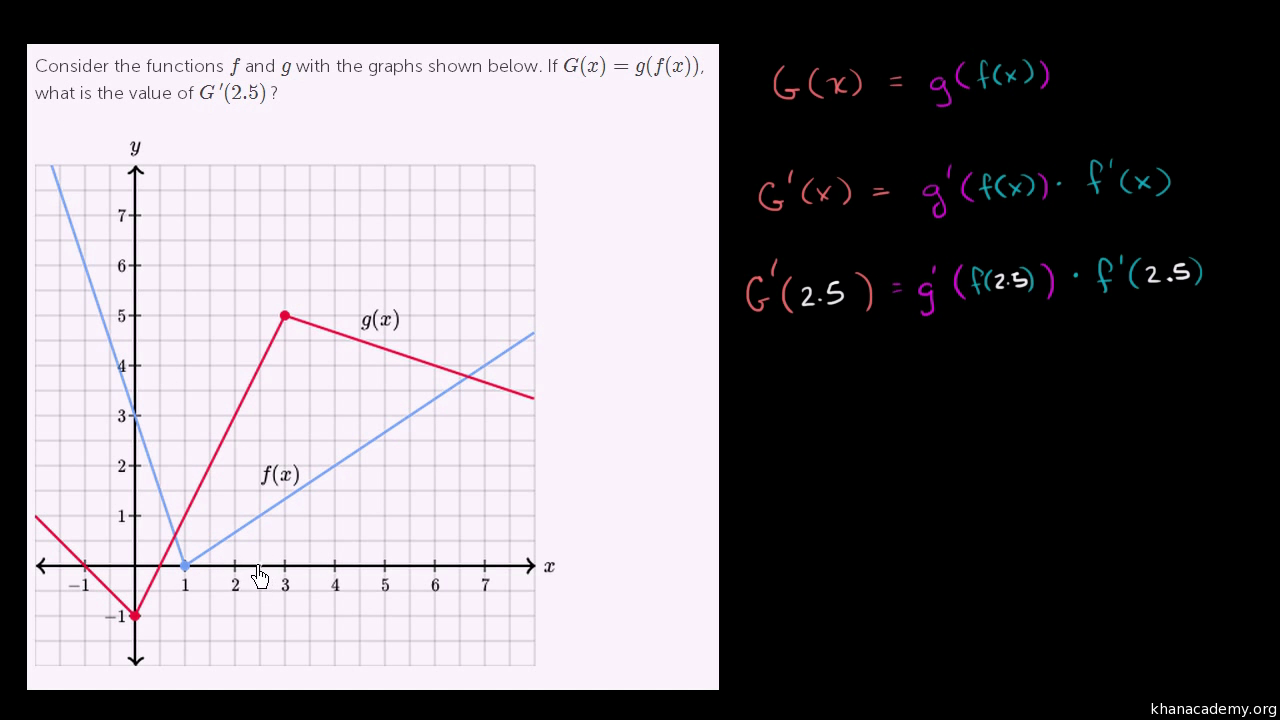



Applying The Chain Rule Graphically 1 Old Video Khan Academy
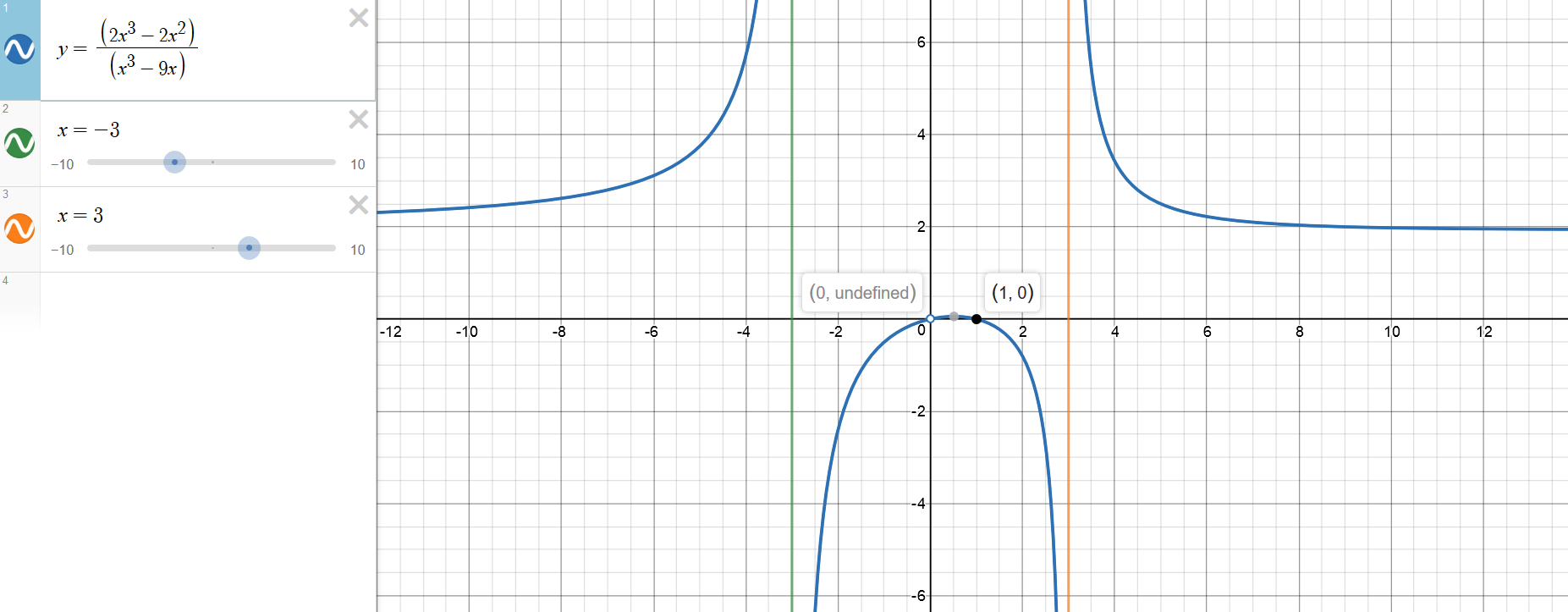



How Do You Graph F X 2x 3 2x 2 X 3 9x Using Holes Vertical And Horizontal Asymptotes X And Y Intercepts Socratic
Feb 28, 11 · as far as for b, I think its just 112 times (42 squared minus 25 squared) since the antiderivative of the 112x equation respresnts s(x) aka position and 112x itself respresents v(x) velocity So, the answer for b is probably m/s that the answer for b?Jun 23, 10 · Finding velocities in F vs x graph Thread starter mandy9008;In this graph, that just seems to happen at the xintercepts of f (x) Since at the xintercepts of f (x), the graph's speed goes from increasing to decreasing or vice versa, the xintercepts of f (x) and the xintercepts of the second derivative of f (x) are the same This is just a coincedence, though, and won't always happen
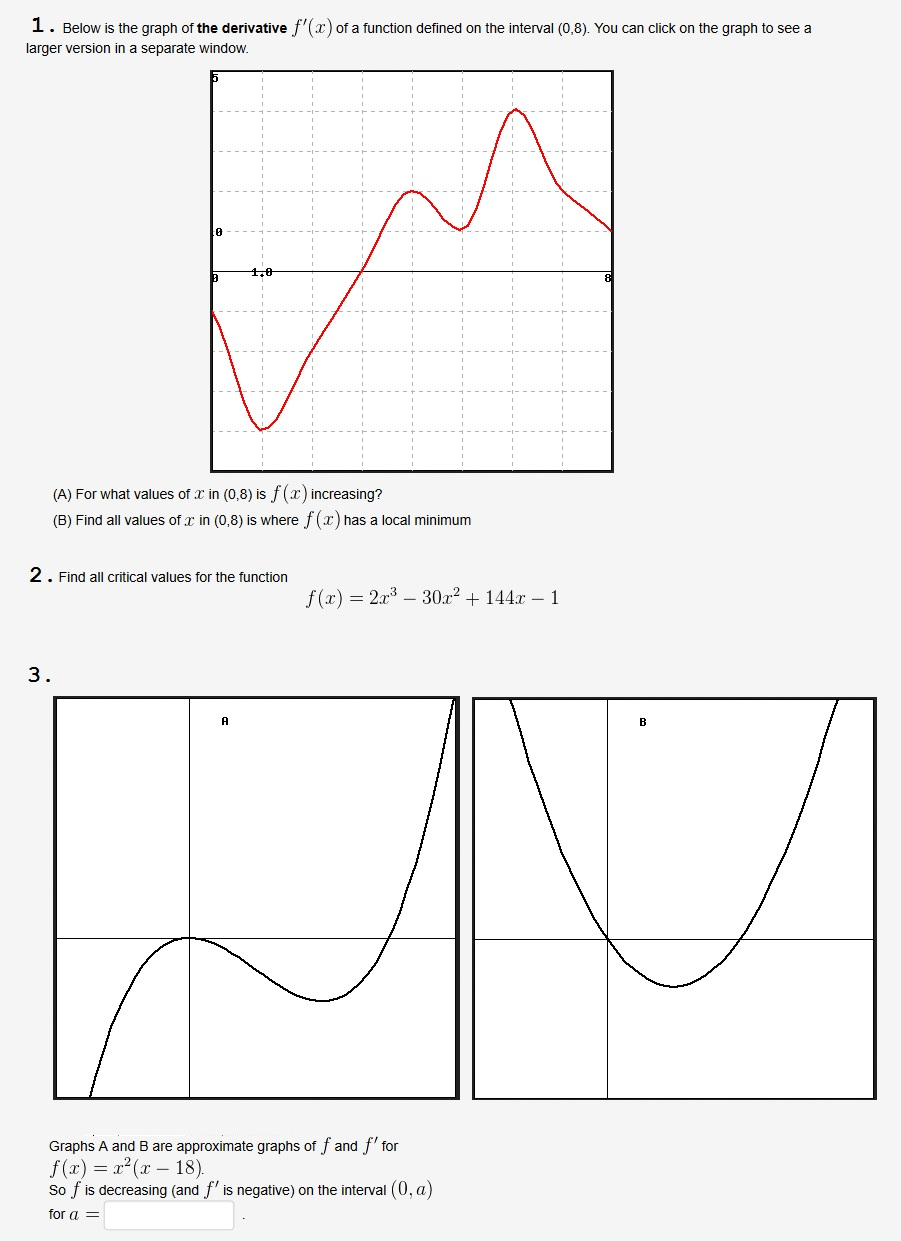



Below Is The Graph Of The Derivative F X Of A Chegg Com




Graphing Translations G X F X C Or G X F X C Youtube
The parameter a can be added to or subtracted from the output y after the rule f is applied y = f(x) becomes y = f(x) ± a These transformations are called vertical shifts or translations They move the graph of the given function up (adding positive a) or down (subtracting positive a)View my channel http//wwwyoutubecom/jayates79More formally, f = g if f(x) = g(x) for all x ∈ X, where fX → Y and gX → Y 8 9 note 4 The domain and codomain are not always explicitly given when a function is defined, and, without some (possibly difficult) computation, one might only know that the domain is contained in a larger set
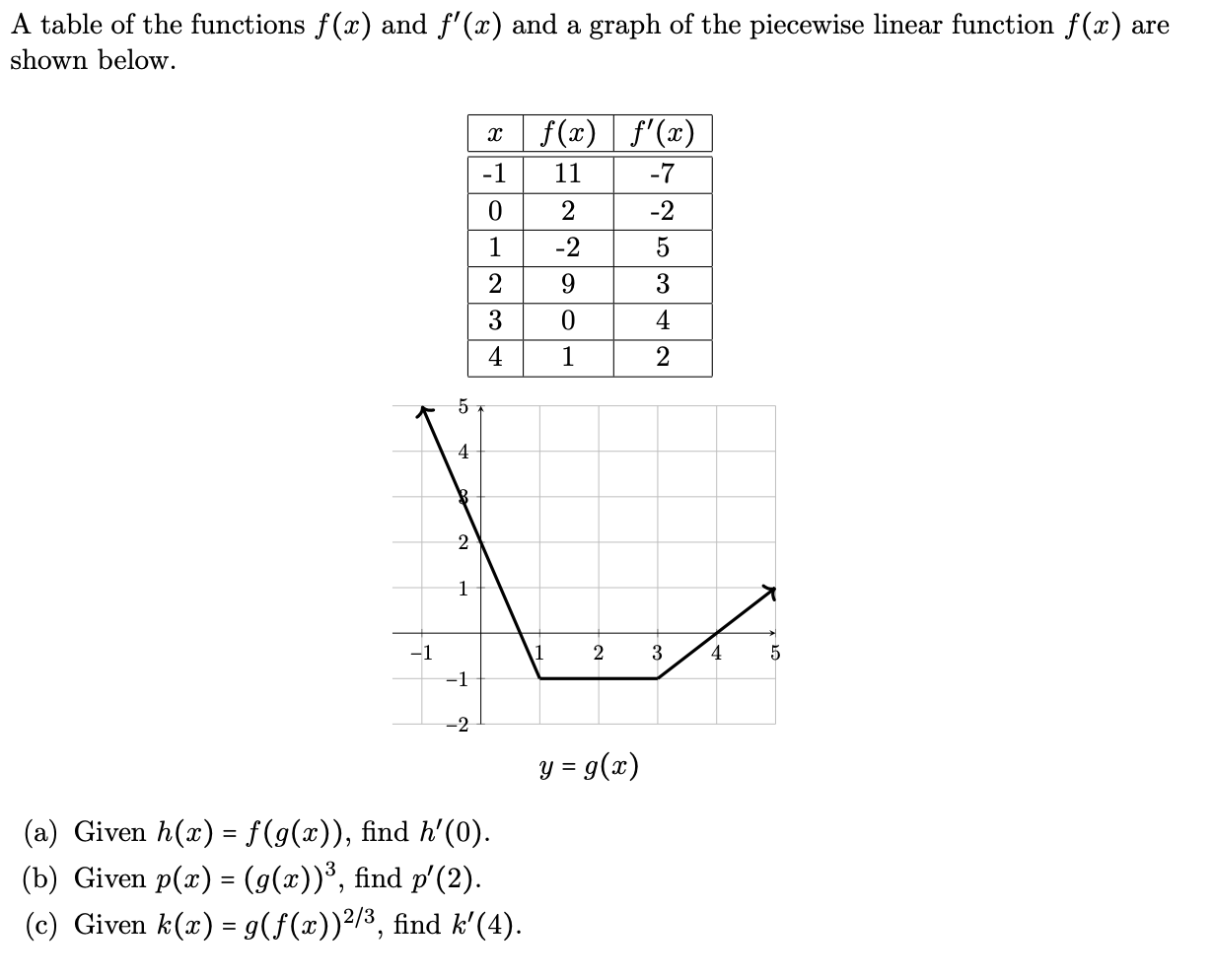



A Table Of The Functions F X And F X And A Graph Chegg Com




Graphing Derivatives Using Graph Of F X Youtube
Nov 18, · Observe that when the function is positive, it is symmetric with respect to the equation $\mathbf{y = x}$Meanwhile, when the function is negative (ie, has a negative constant), it is symmetric with respect to the equation $\mathbf{y = x}$ Summary of reciprocal function definition and properties Before we try out some more problems that involve reciprocalGraph f(x)=x4 Find the absolute value vertex In this case, the vertex for is Tap for more steps To find the coordinate of the vertex, set the inside of the absolute value equal to In this case, Add to both sides of the equation Replace the variable with in the expressionFeb 03, 21 · Reading the Graph for Function Values We know that the graph of f pictured in Figure 334 is the graph of a function We know this because no vertical line will cut the graph of f more than once We earlier defined the graph of f as the set of all ordered pairs (x, f(x)), so that x is in the domain of f
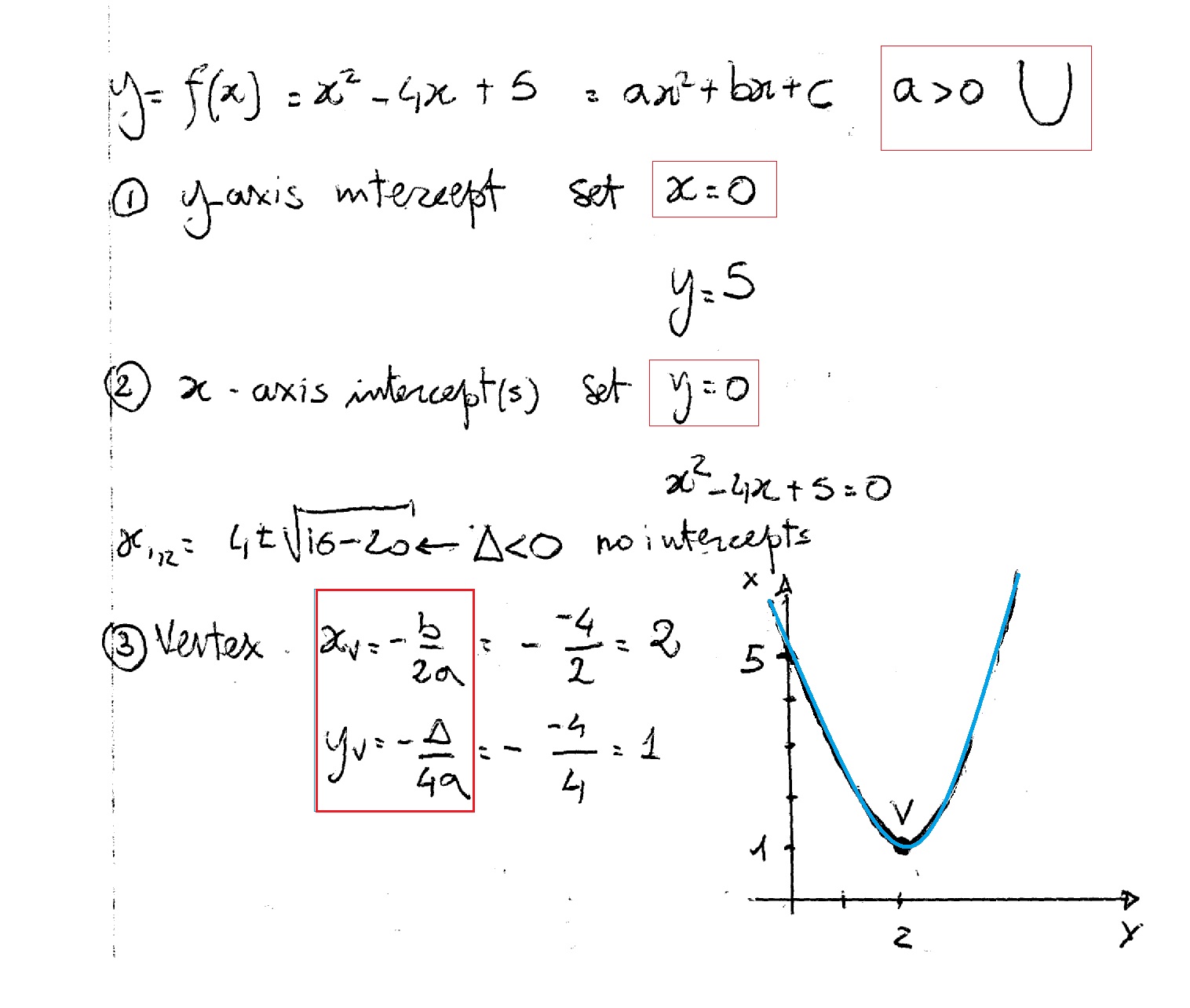



How Do You Graph F X X 2 4x 5 Socratic




Ex Determine The Sign Of F X F X And F X Given A Point On A Graph Youtube
The point x=a determines an absolute maximum for function f if it corresponds to the largest yvalue in the range of f 6 The point x=a determines a relative minimum for function f if f is continuous at x=a, and the first derivative f' is negative () for xaOct 02, 19 · Therefore, f's domain consists of all real numbers The graph of (x plus 2) squared plus 2, or a parabola The graph of f has the same axis of symmetry X equals two the vertical line, is above the graph The table of graphs can be written numerically as X equals the square root of (x plus two squared plus 2)For the base function f (x) and a constant k, where k > 0 and k ≠ 1, the function given by g(x) = f (kx), can be sketched by horizontally shrinking f (x) by a factor of 1/k if k > 1 or by horizontally stretching f (x) by a factor of 1/k if 0 < k < 1 Reflections across the xaxis
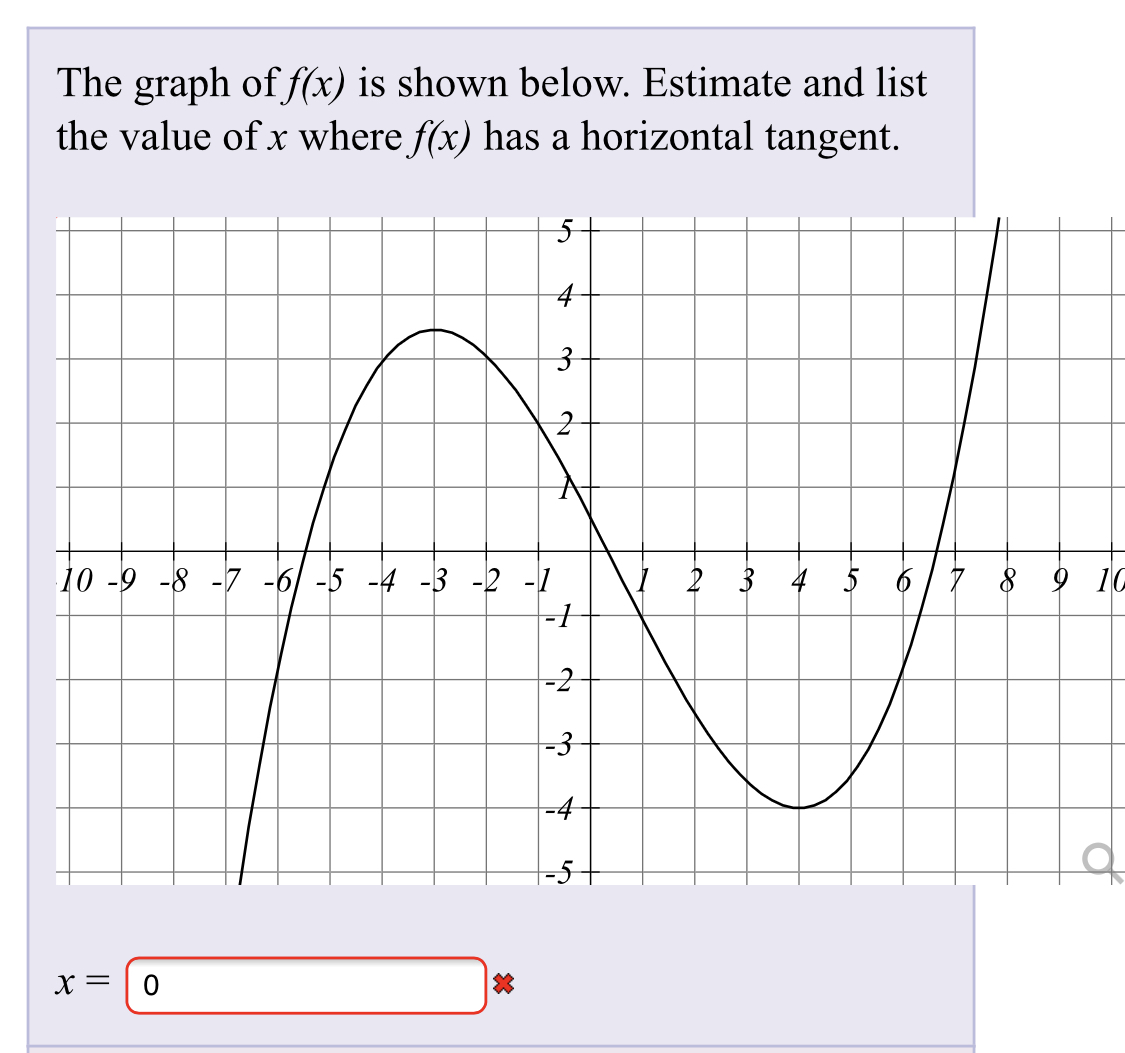



Answered The Graph Of F X Is Shown Below Bartleby




Finding The Derivative Of A Function Looking At A Graph Mathematics Stack Exchange
Yes they are The placement of the parentheses makes a difference For example with your graph above, when x = 4, f(x) = 0 and hence f(x) 2 =0 2 = 2 But f(x 2) = f(4 2) = f(2) = 2 In the second expression, since 4 2 is inside the parentheses you evaluate it first to get 2 and then use the table for y = f(x) to find f(2) Cheers,F(x) = function f'(x) = df(x) / dx = derivative of the function, slope of the function Ex f(x) = x^2 f(x)' = 2xF1 (x) is the standard notation for the inverse of f(x) The inverse is said to exist if and only there is a function f1 with ff1 (x) = f1 f(x) = x Note that the graph of f1 will be the reflection of f in the line y = x This video explains more about the inverse of a function
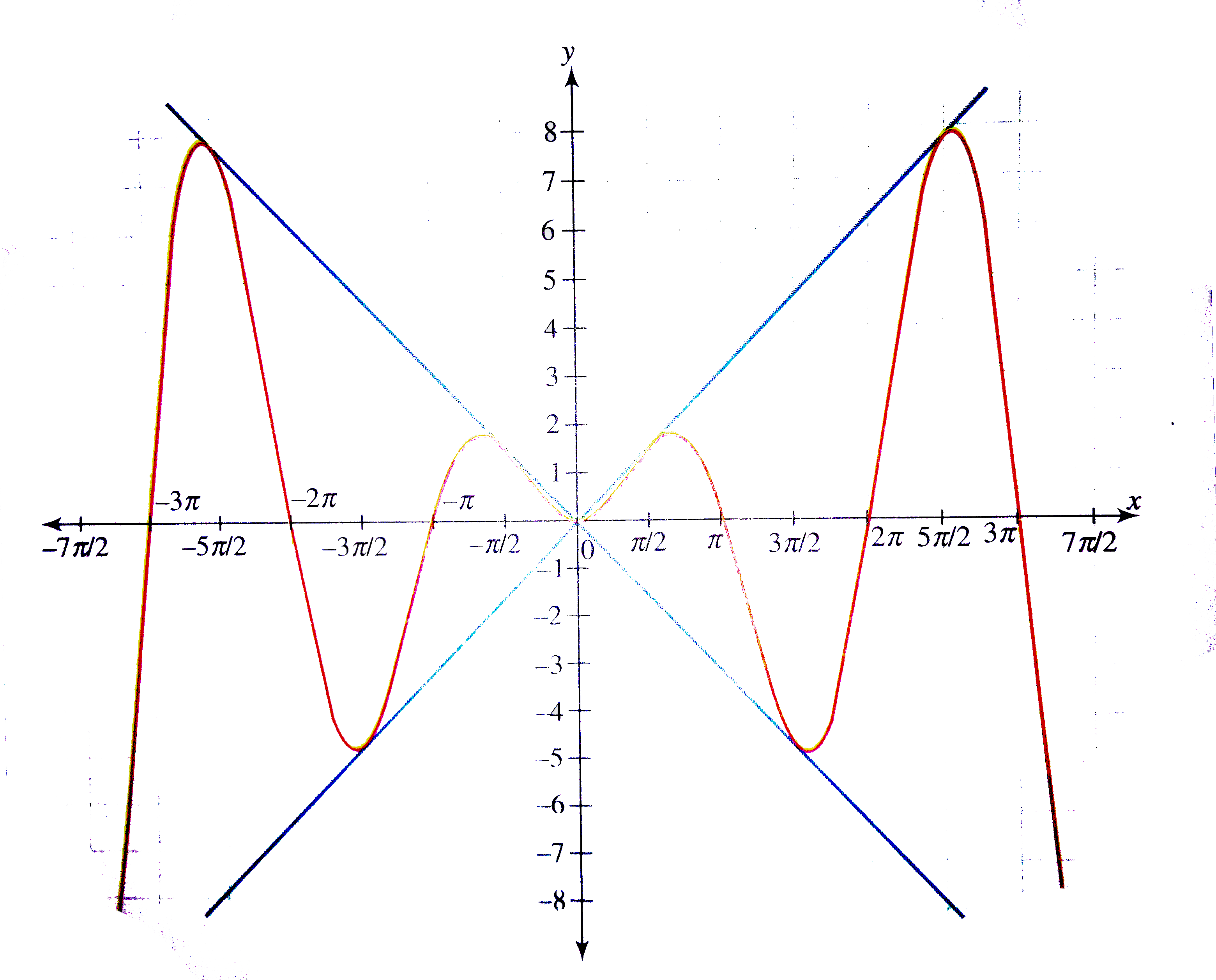



Draw The Graph Of Y X Sin X
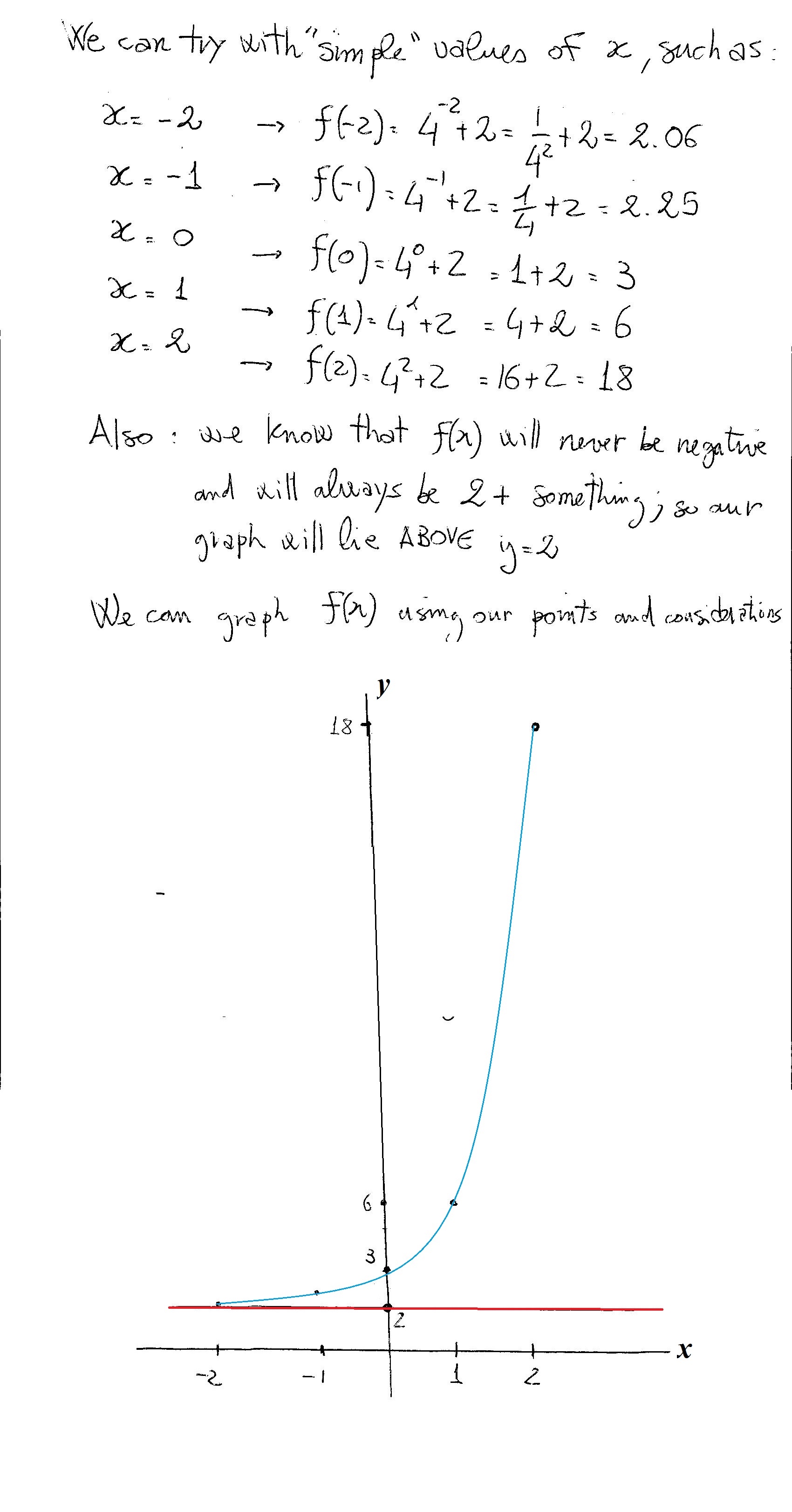



How Do You Graph The Exponential Function F X 4 X 2 Socratic
In simple terms, that notation implies that f^1(x) is the Inverse Function to f(x) To make is a bit easier to wrtie, let's let g(x) be the inverse of f(x), in other words, g(x) = f^1(x) In terms of mappings, If D is the domain of f and R is theGraph f (x)=x^3 f (x) = x3 f ( x) = x 3 Find the point at x = −2 x = 2 Tap for more steps Replace the variable x x with − 2 2 in the expression f ( − 2) = ( − 2) 3 f ( 2) = ( 2) 3 Simplify the result Tap for more steps Raise − 2 2 to the power of 3 3More generally, an exponential function is a function of the form f ( x ) = a b x , {\displaystyle f (x)=ab^ {x},} where b is a positive real number, and the argument x occurs as an exponent For real numbers c and d, a function of the form f ( x ) = a b c x d {\displaystyle f (x)=ab^ {cxd}} is also an exponential function, since it can be




Quick Graph Y F X 4 Youtube




Use The Given Graph Of The Derivative F X To Answer Chegg Com
Not a problem Unlock StepbyStep Graph f (x)=ln (x) Extended Keyboard ExamplesSelect a few x x values, and plug them into the equation to find the corresponding y y values The x x values should be selected around the vertex Tap for more steps Replace the variable x x with − 1 1 in the expression f ( − 1) = ( − 1) 2 − 2 f ( 1) = ( 1) 2 2 Simplify the result
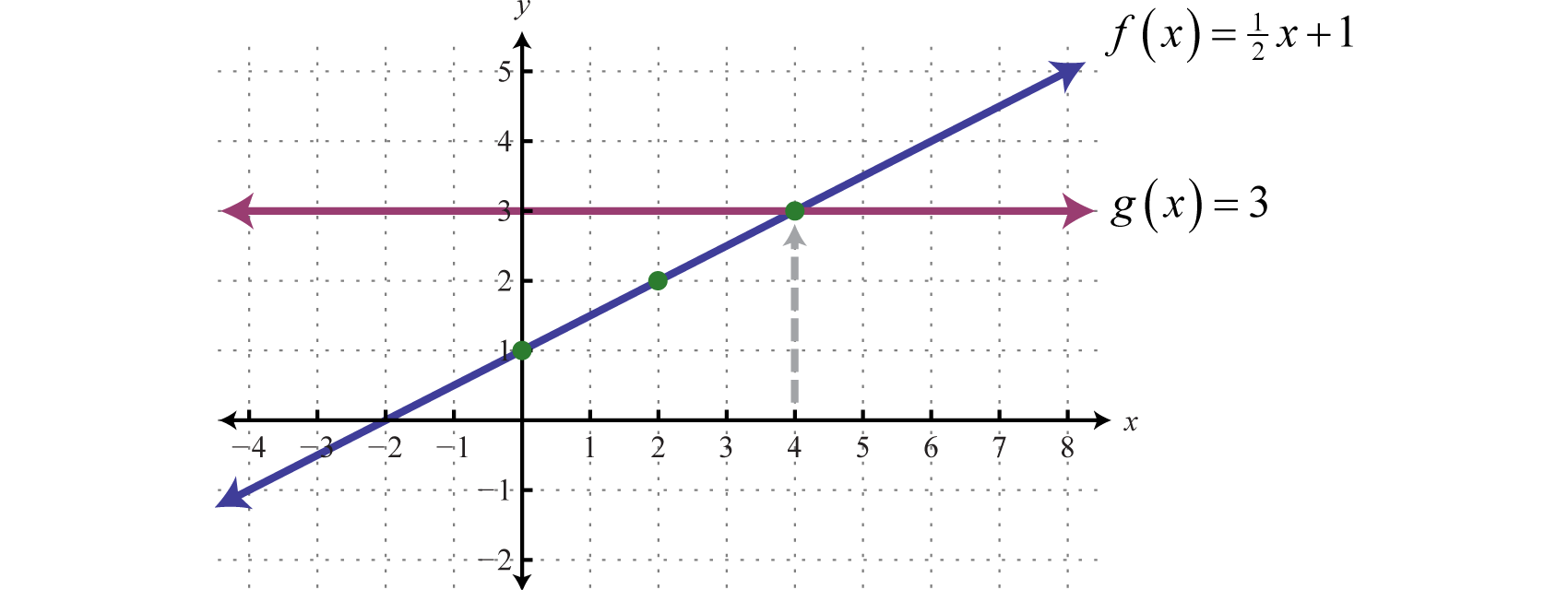



Linear Functions And Their Graphs




Given Fx Sketch The First And Second Derivative Graph Youtube




A Graphing Calculator Is Recommended Let F X Chegg Com
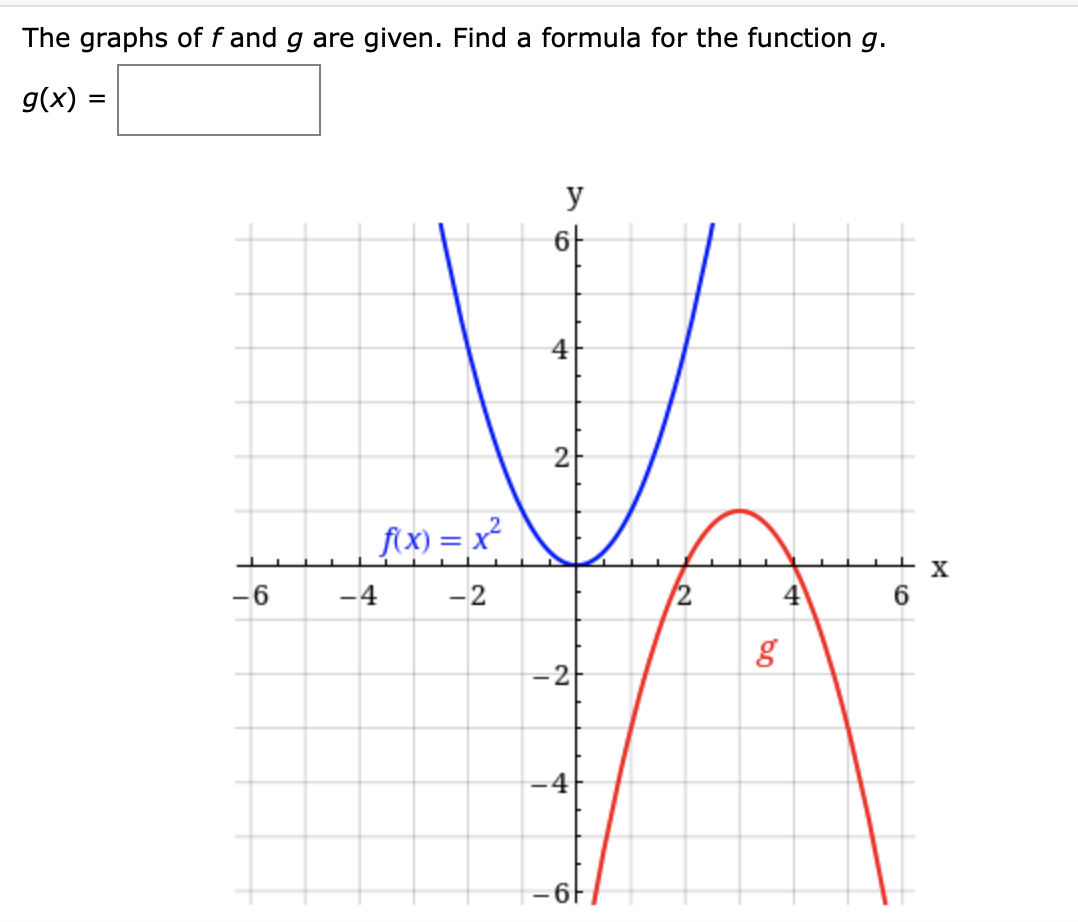



Answered The Graphs Of F And G Are Given Find A Bartleby




Graphing Shifted Functions Video Khan Academy



12th Grade Math F X Below Is F X Graph And I Need To Graph 2 F X How Should I Do That And What Does It Look Like Homeworkhelp




If F And G Are The Functions Whose Graphs Are Shown Youtube




Finding Values Of Derivative Given F Graph Mathematics Stack Exchange
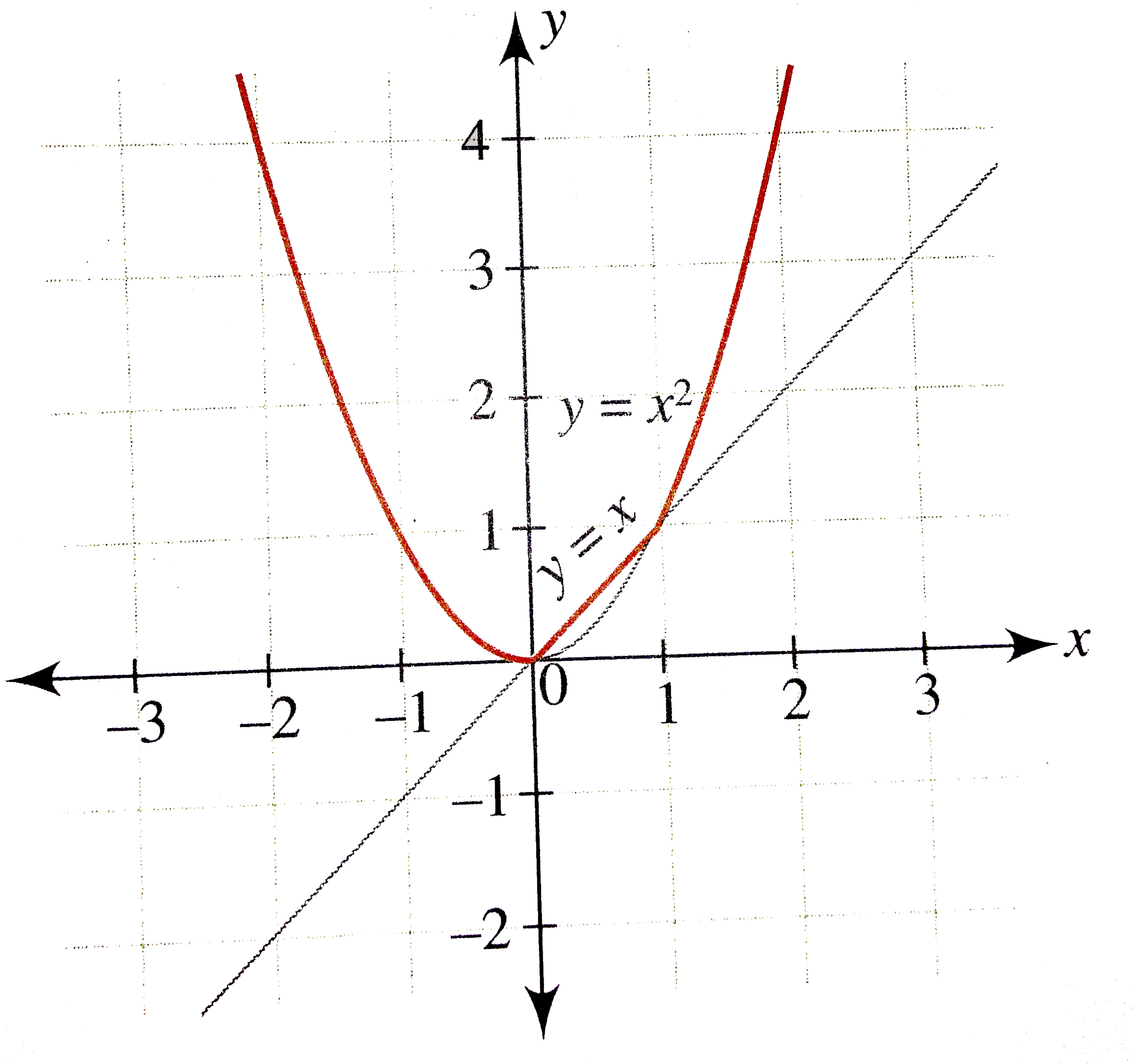



Draw The Graph Of The Function F X Max X X 2 And Write
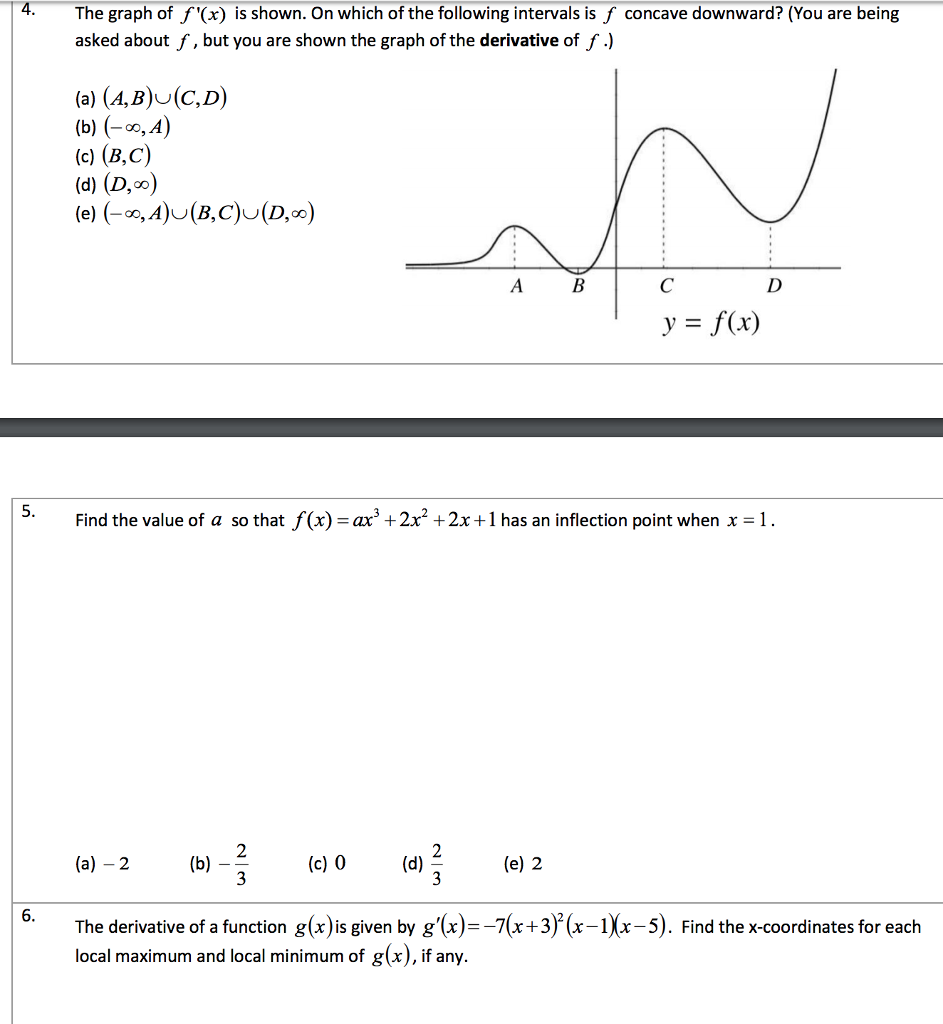



4 The Graph Of F X Is Shown On Which Of The Chegg Com
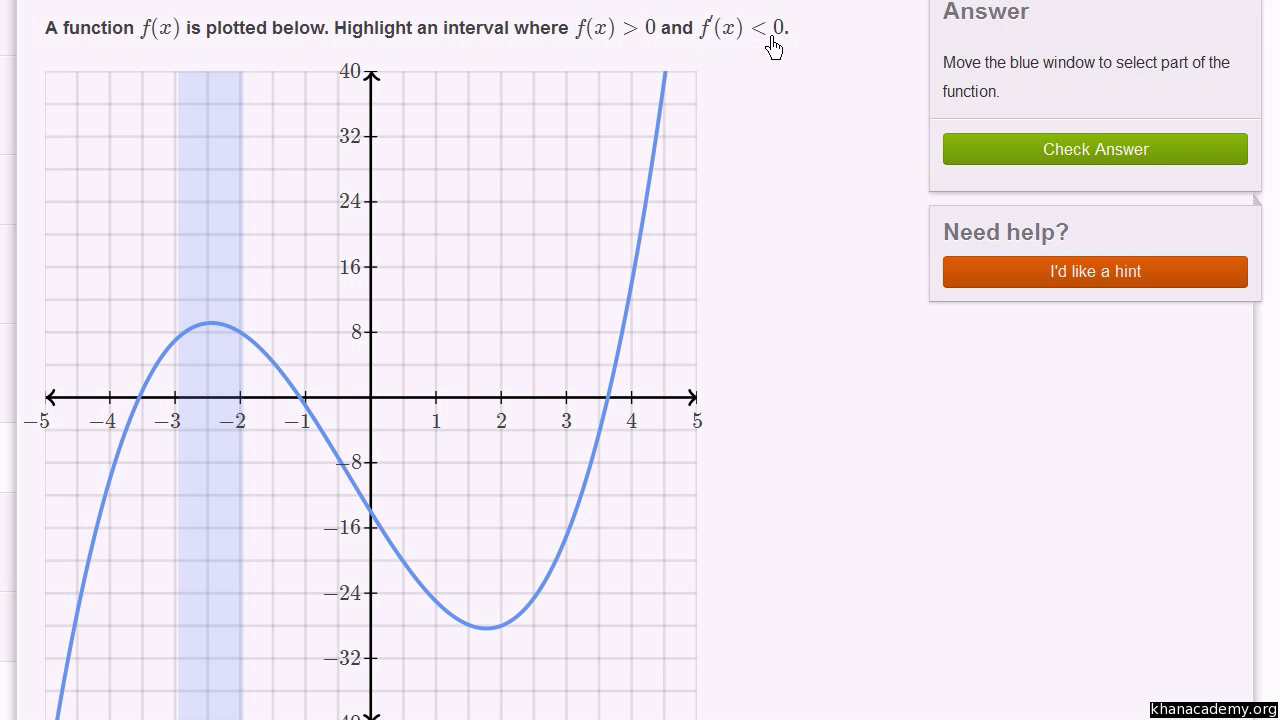



Derivative The Direction Of A Function Video Khan Academy
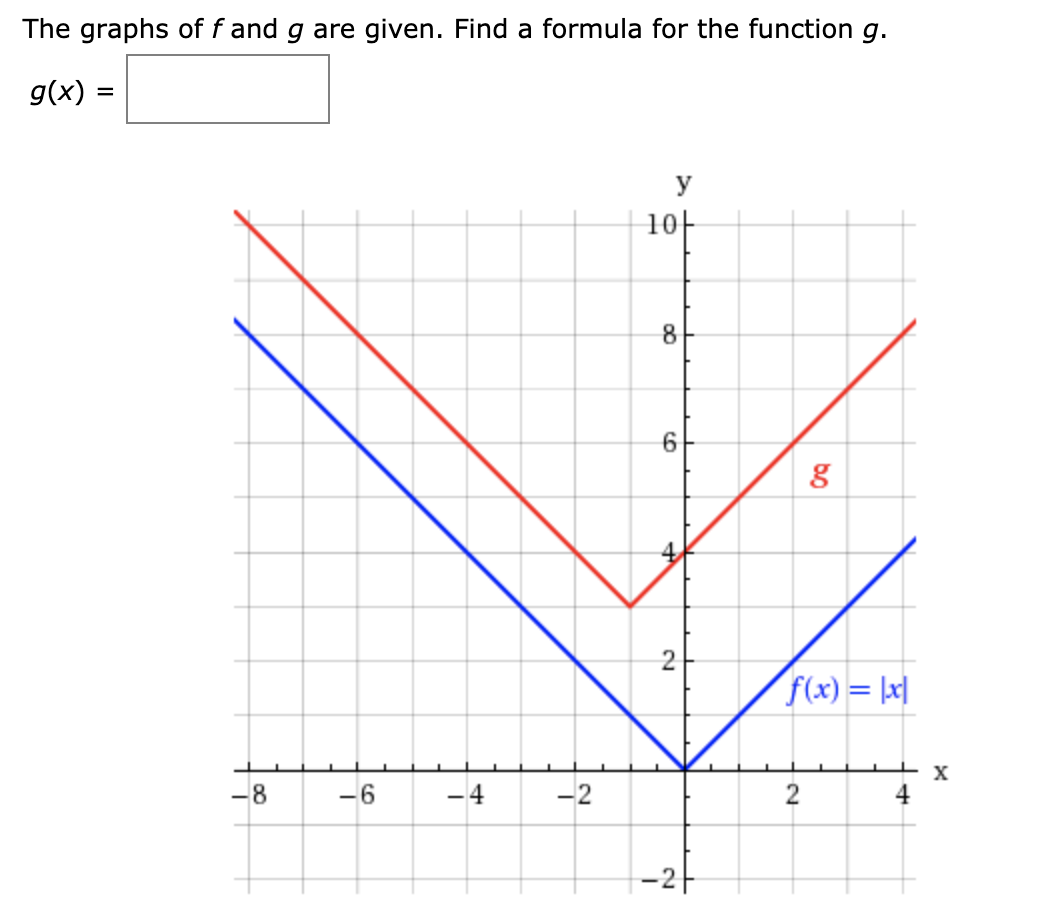



Answered The Graphs Of F And G Are Given Find A Bartleby




From The Graph Of The Derivative F X Make A Sketch Of The Original Function F X And Of The Second Derivative F X Mathematics Stack Exchange
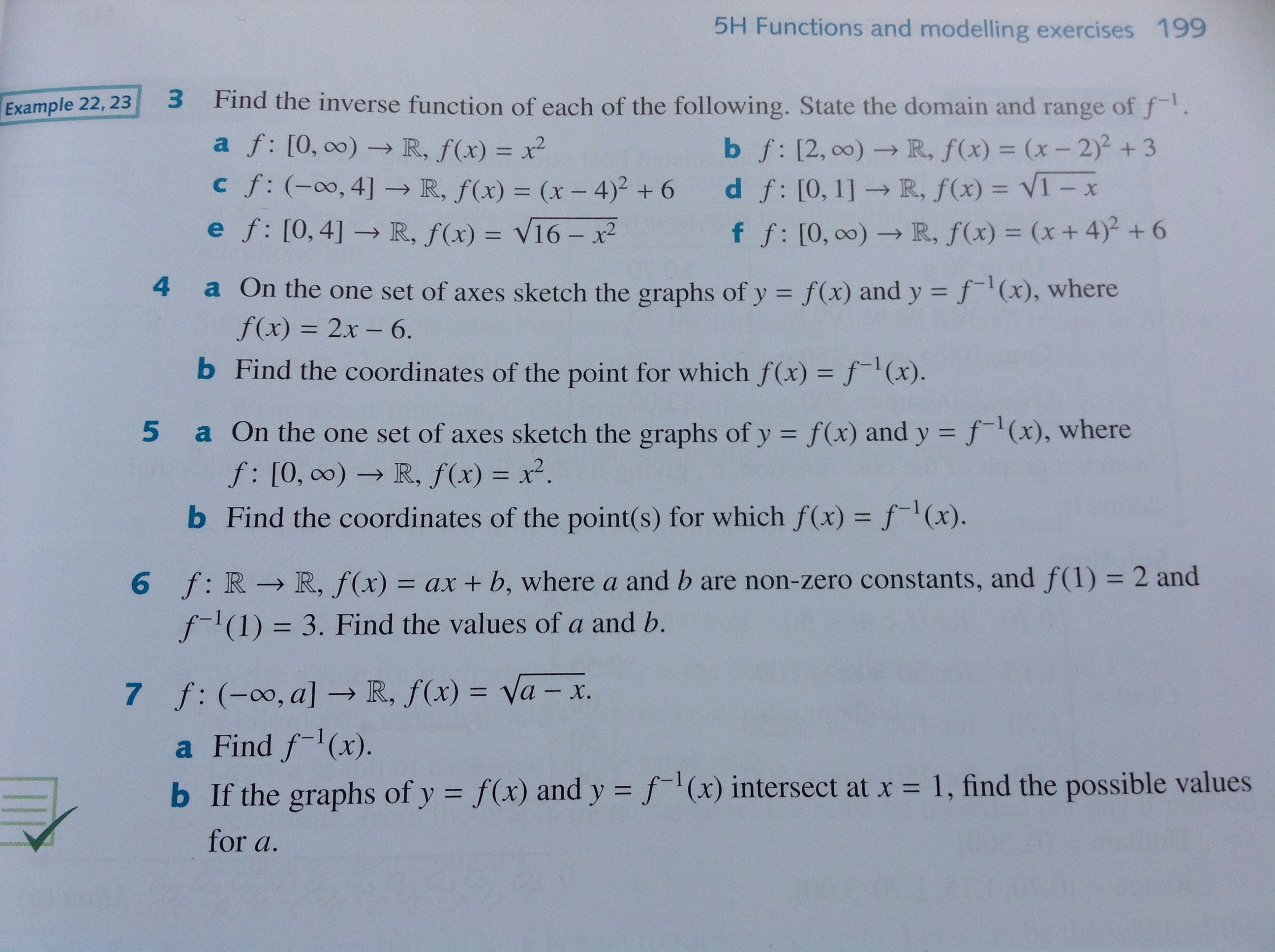



How To Find The Coordinates At The Point Which F X F 1 X Socratic
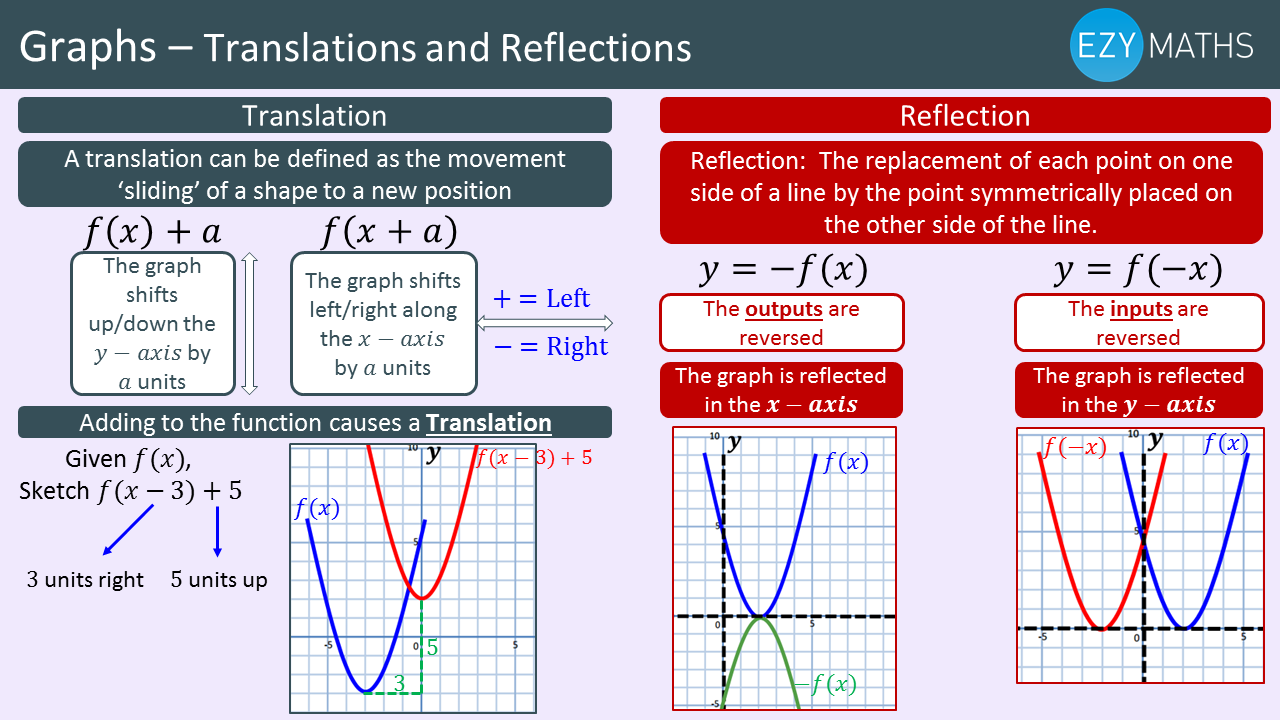



Maths Gcse Exam Revision Translations And Reflection Of Graphs Ezyeducation
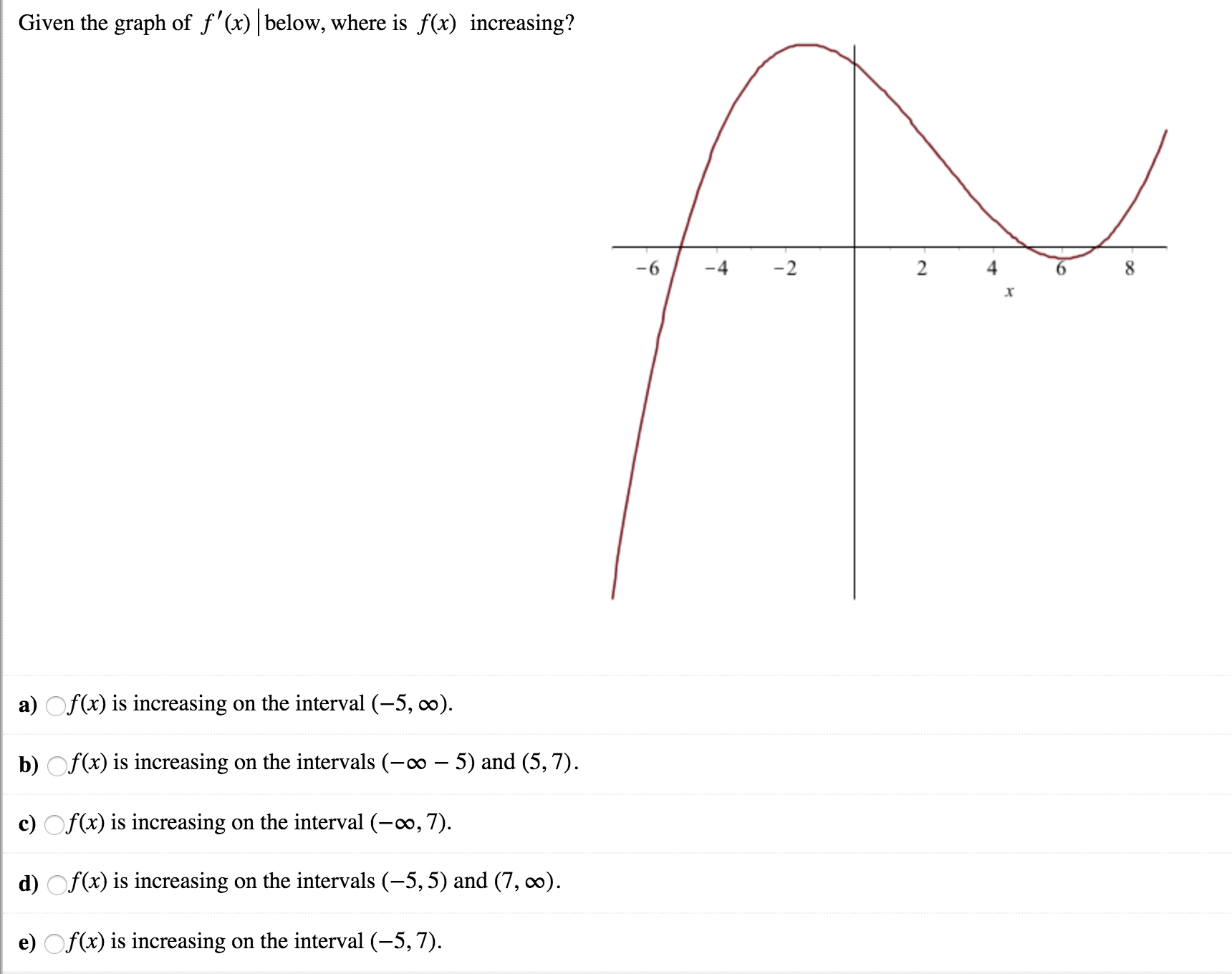



Answered Given The Graph Of F X Below Where Bartleby




Answered A Table Of The Function Values For F X Bartleby
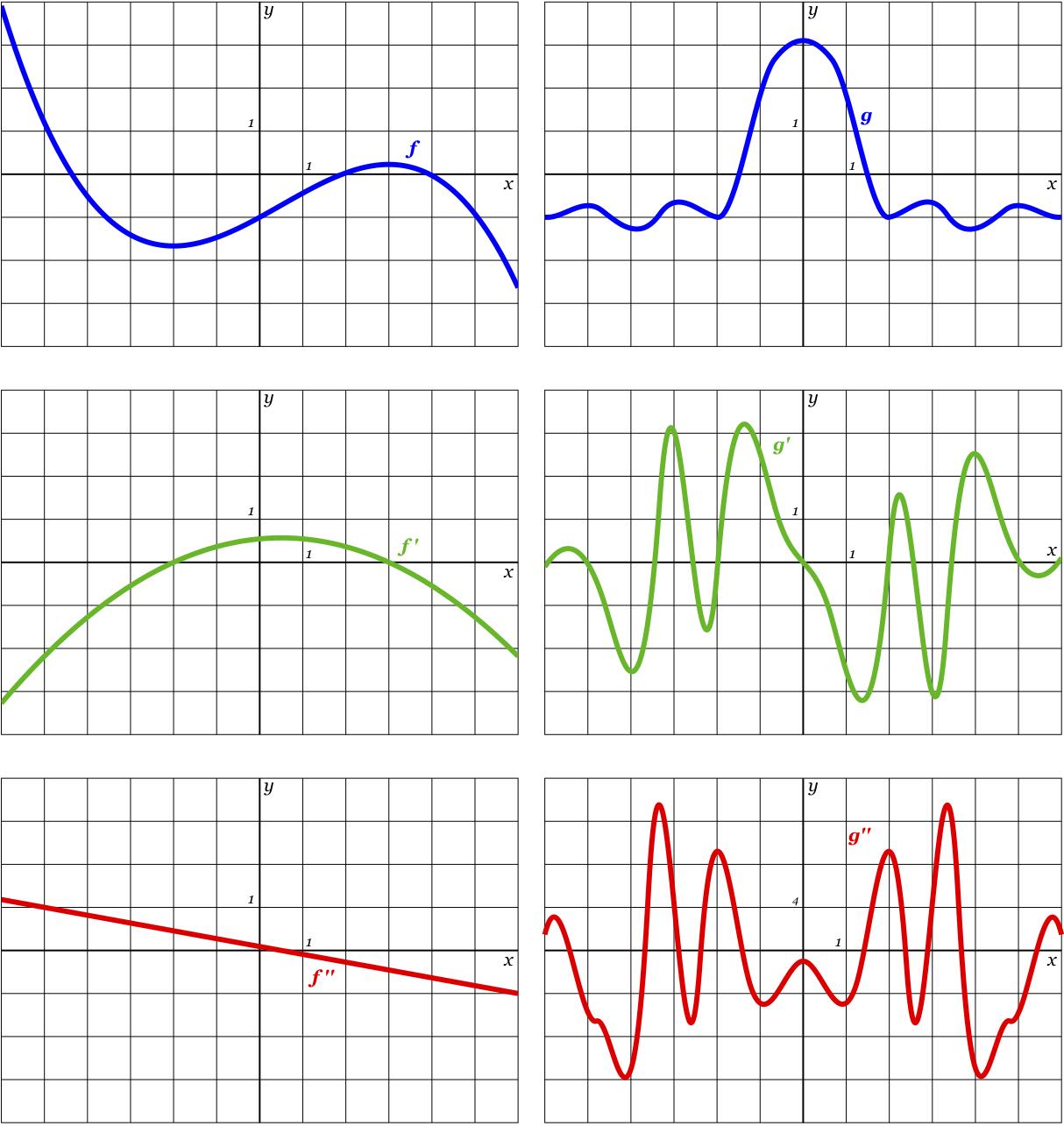



Cc The Second Derivative




Reflecting Compressing Functions Video Khan Academy
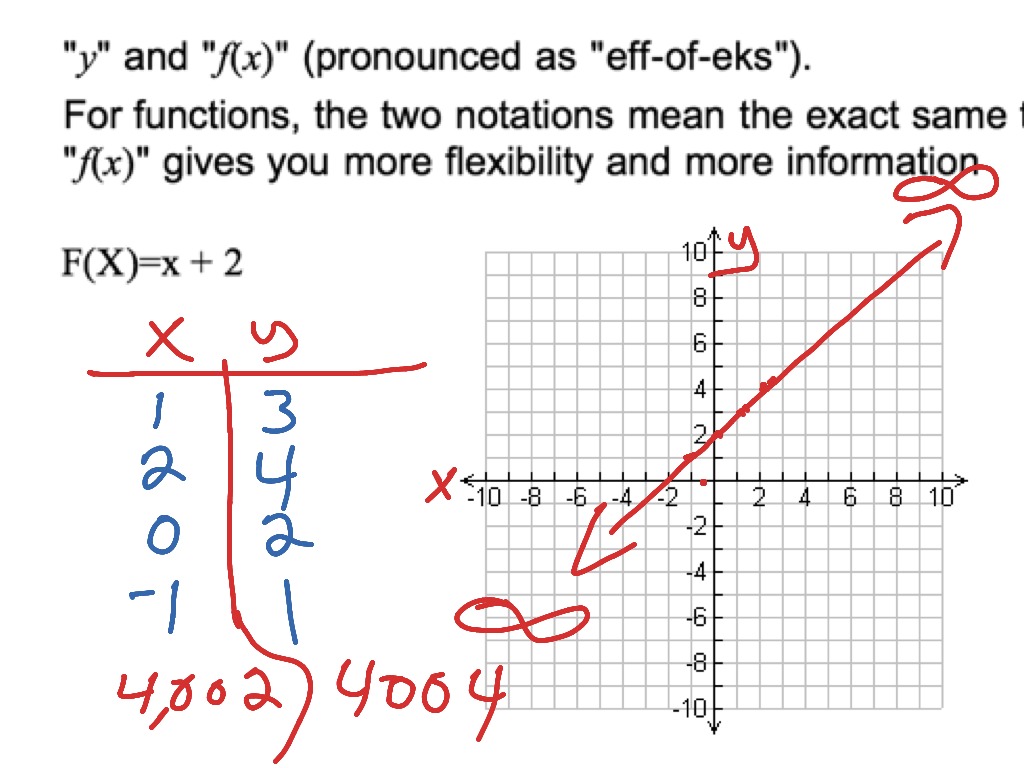



Understanding F X Function And How To Graph A Simple Function Math Algebra Graphing Functions F If 7 F If 4 Showme




Using Transformations To Graph Functions
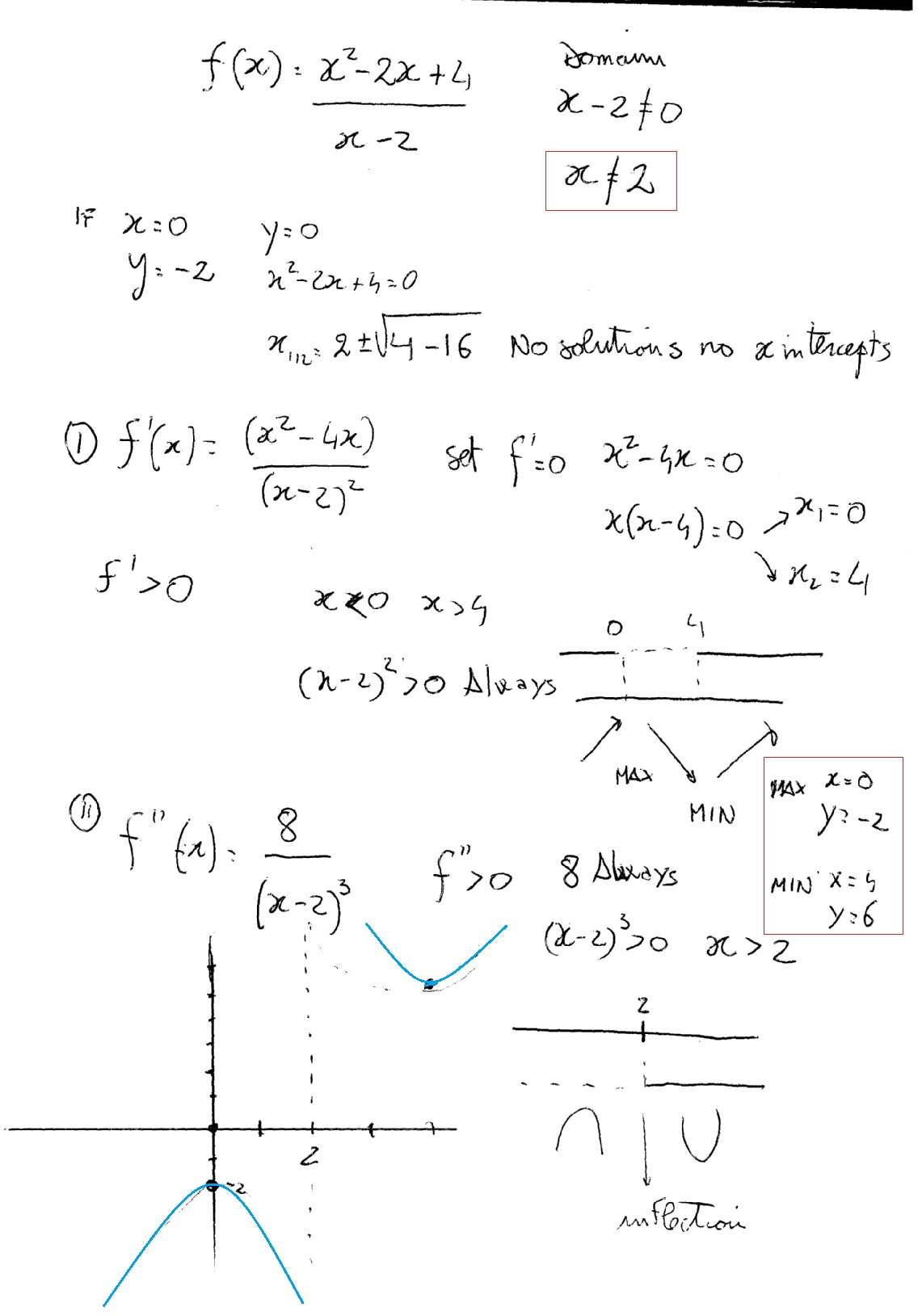



F X X 2 2x 4 X 2 F X X 2 4x X 2 2 F X 8 X 2 3 How To Find The Domain Of F X X And Y Intercepts Vertical Asymptotes The Critical Numbers Concave Up And Down And Sketch Graph Socratic
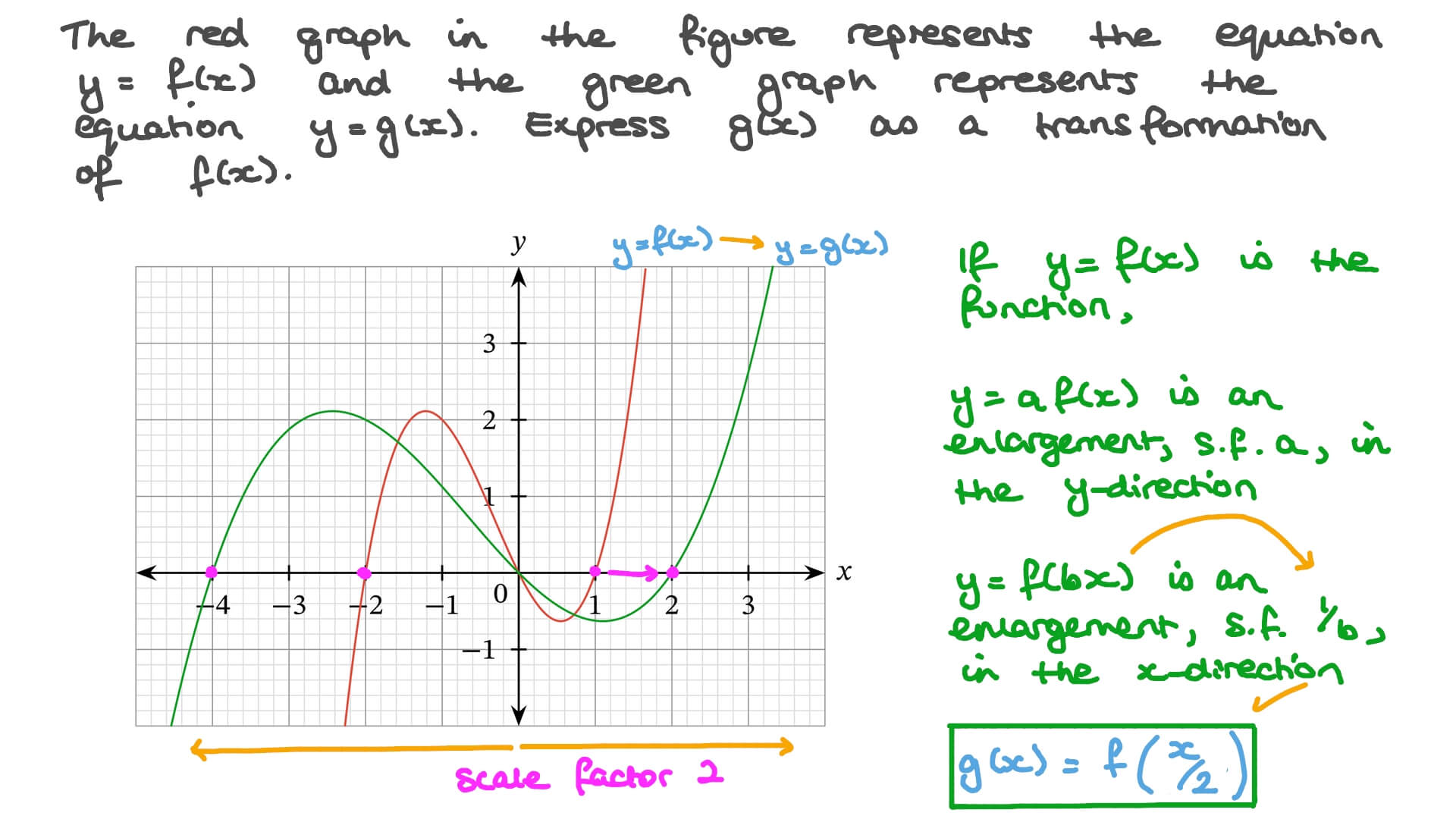



Question Video Transformations Of Graphs Nagwa
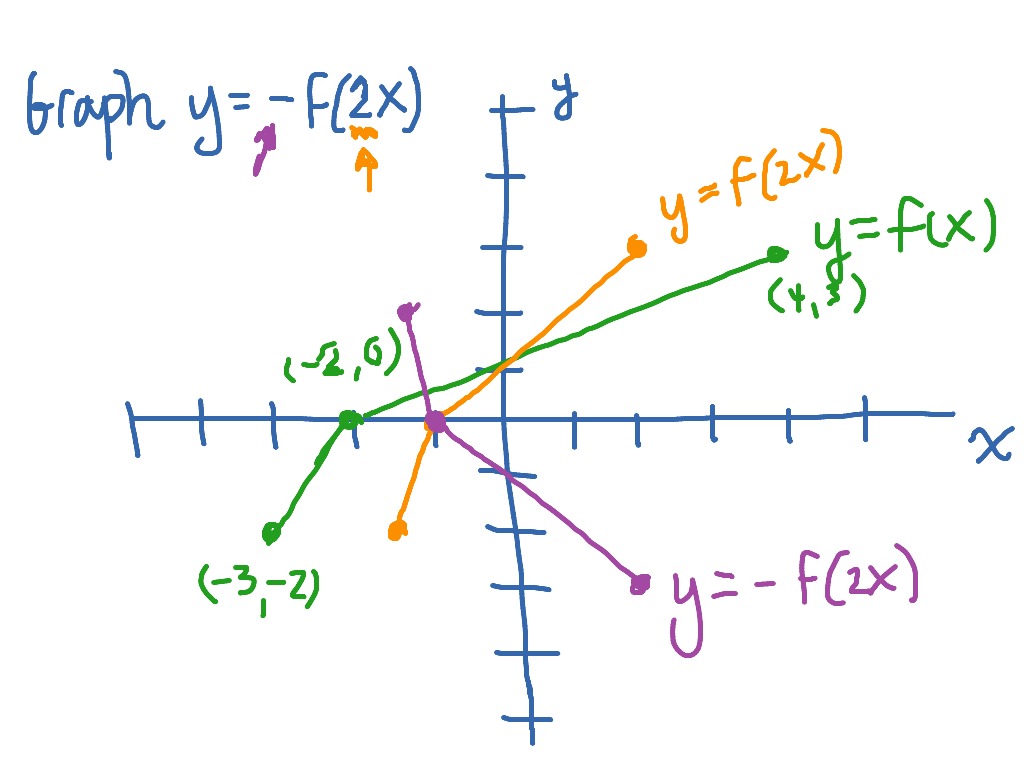



Graphing Y F 2x As A Transformation Of Y F X Math Showme
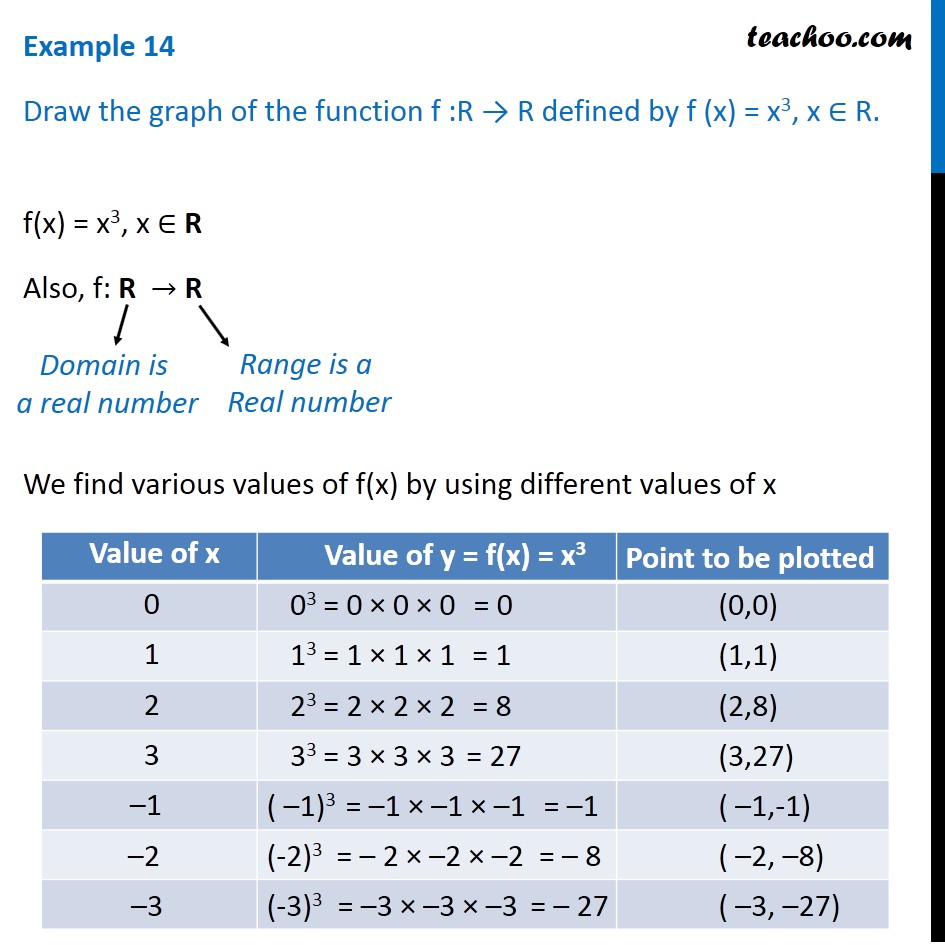



Example 14 Draw Graph Of F X X 3 Chapter 2 Class 11




Creating Derivative Graph From The Graph Of F X Youtube




How To Graph F X Frac 1 2 E X E X Without Graphing App Mathematics Stack Exchange
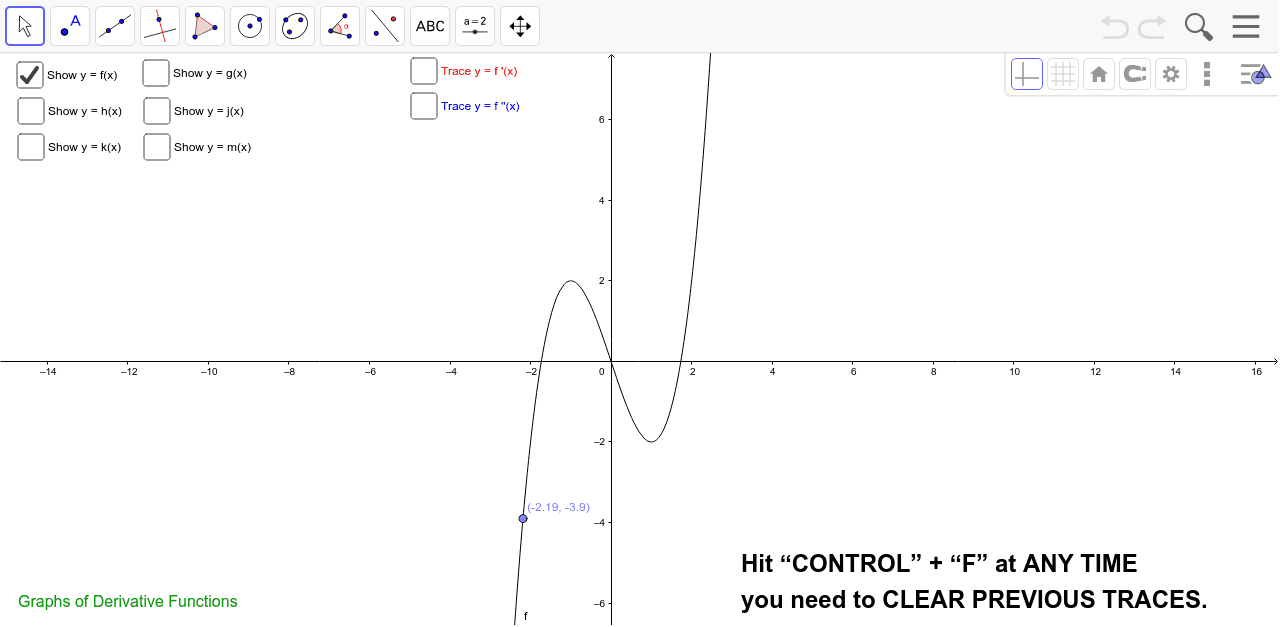



Graphs Of Derivative Functions Geogebra
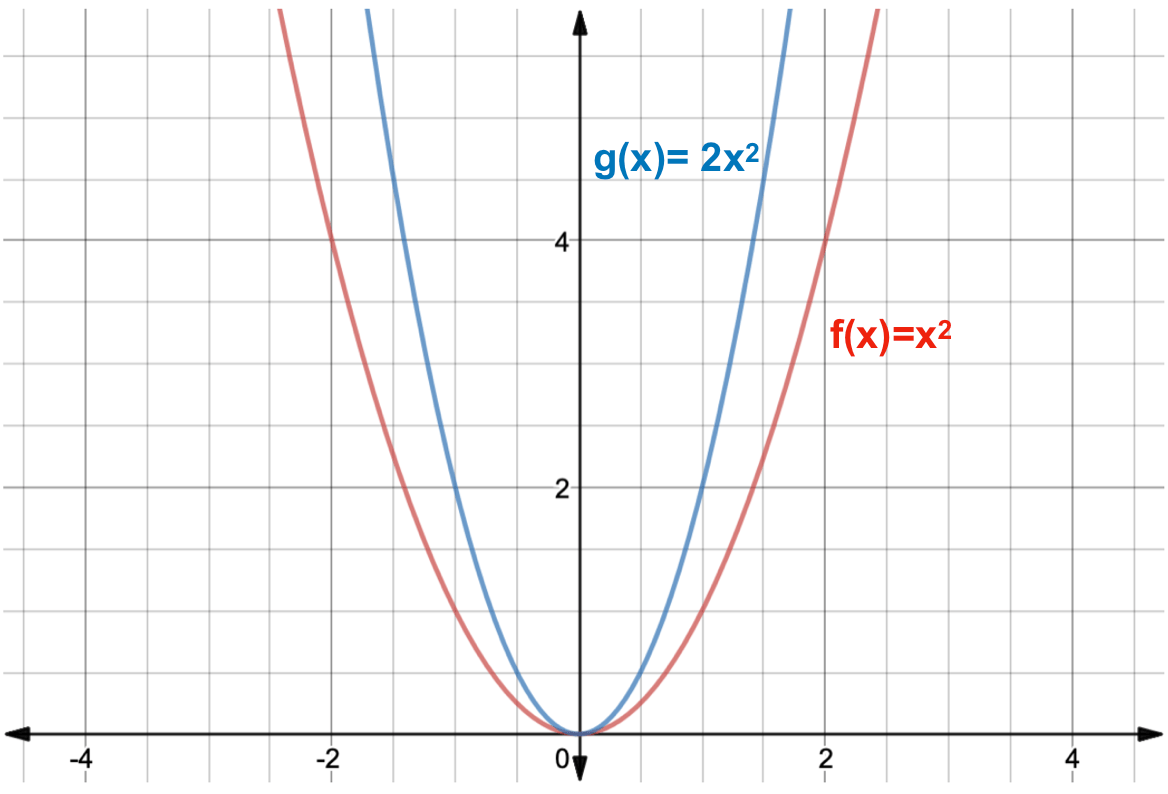



What Is A Function Transformation Expii
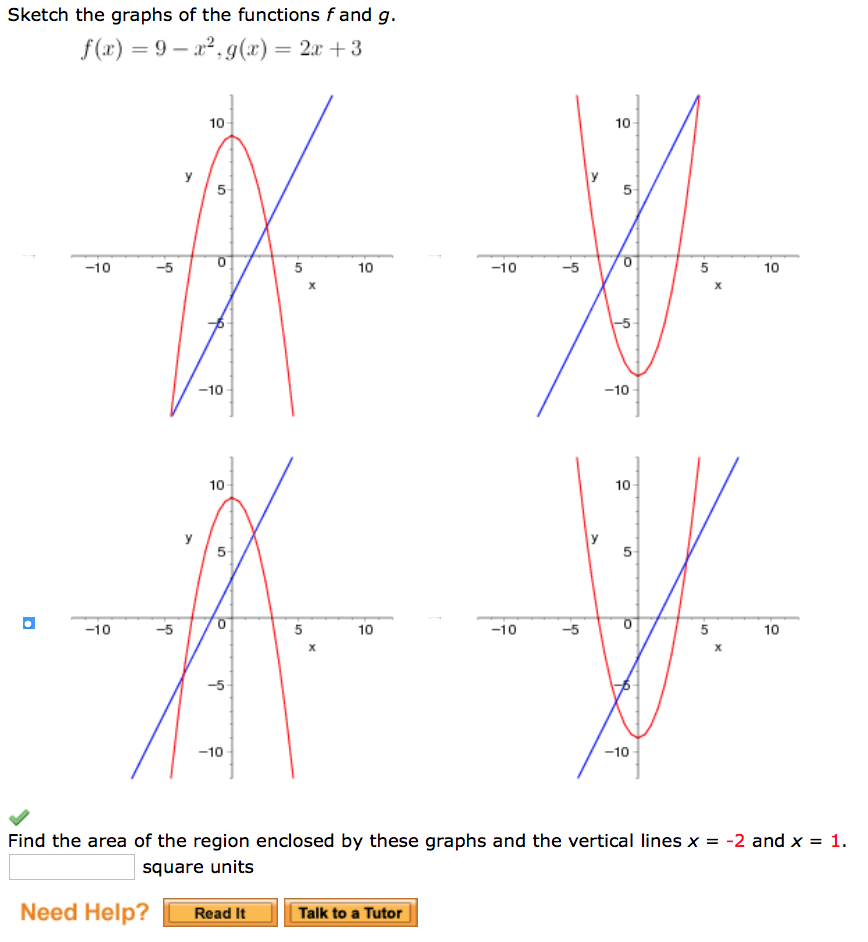



Sketch The Graphs Of The Functions F And G F X 9 Chegg Com




Sketch Graph Of The Function From Given Conditions Youtube
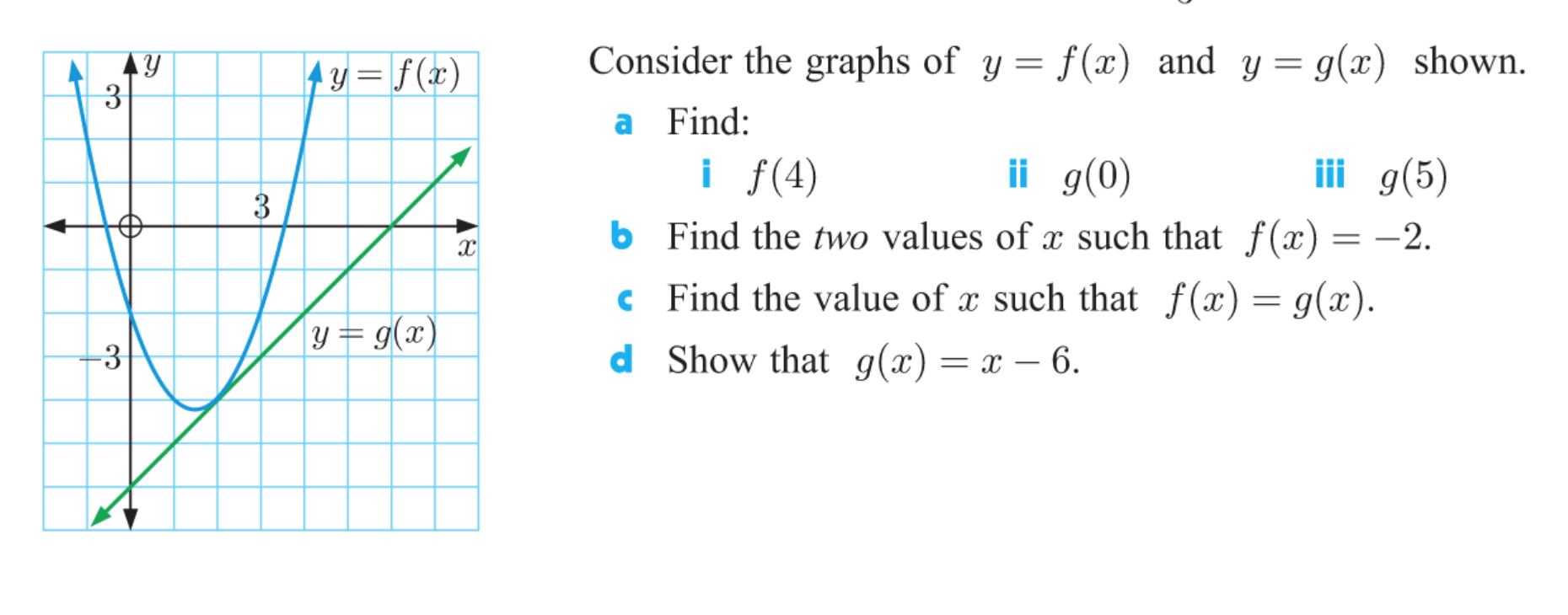



Answered Consider The Graphs Of Y F X And Y Bartleby
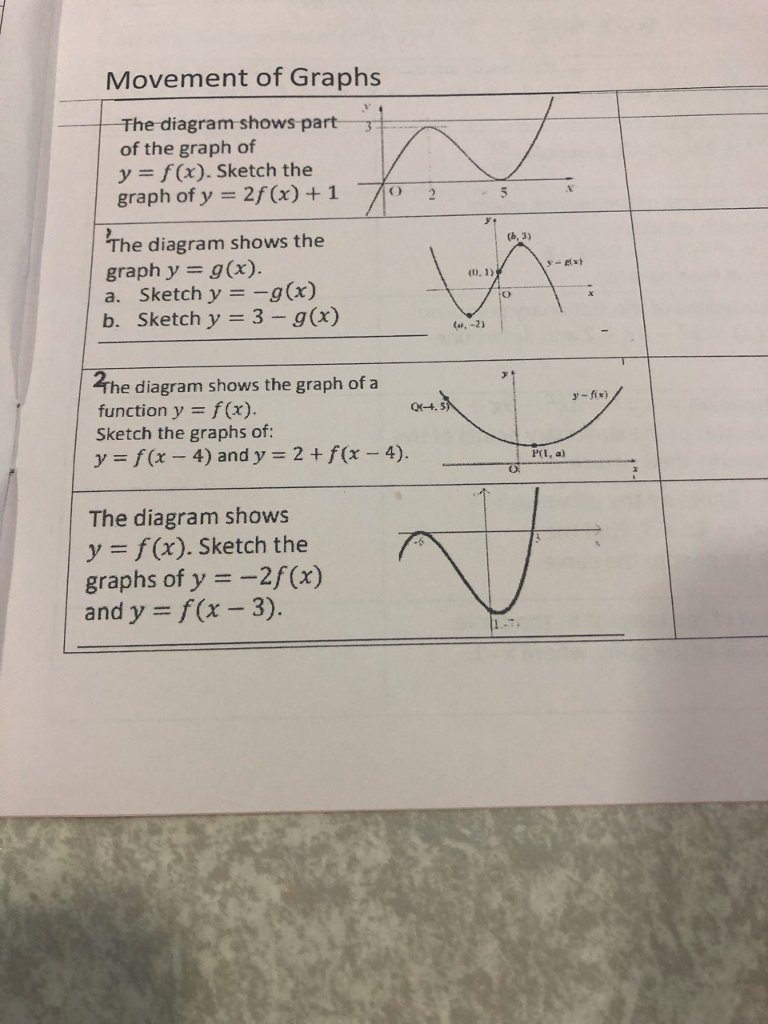



Solved Movement Of Graphs The Diagram Shows Part 3 Of The Chegg Com




How To Sketch A Function Y F X Given The Graph Of Its Derivative Y F X Youtube




Warm Up How Does The Graph Of Compare To Sketch Both To Confirm Ppt Download
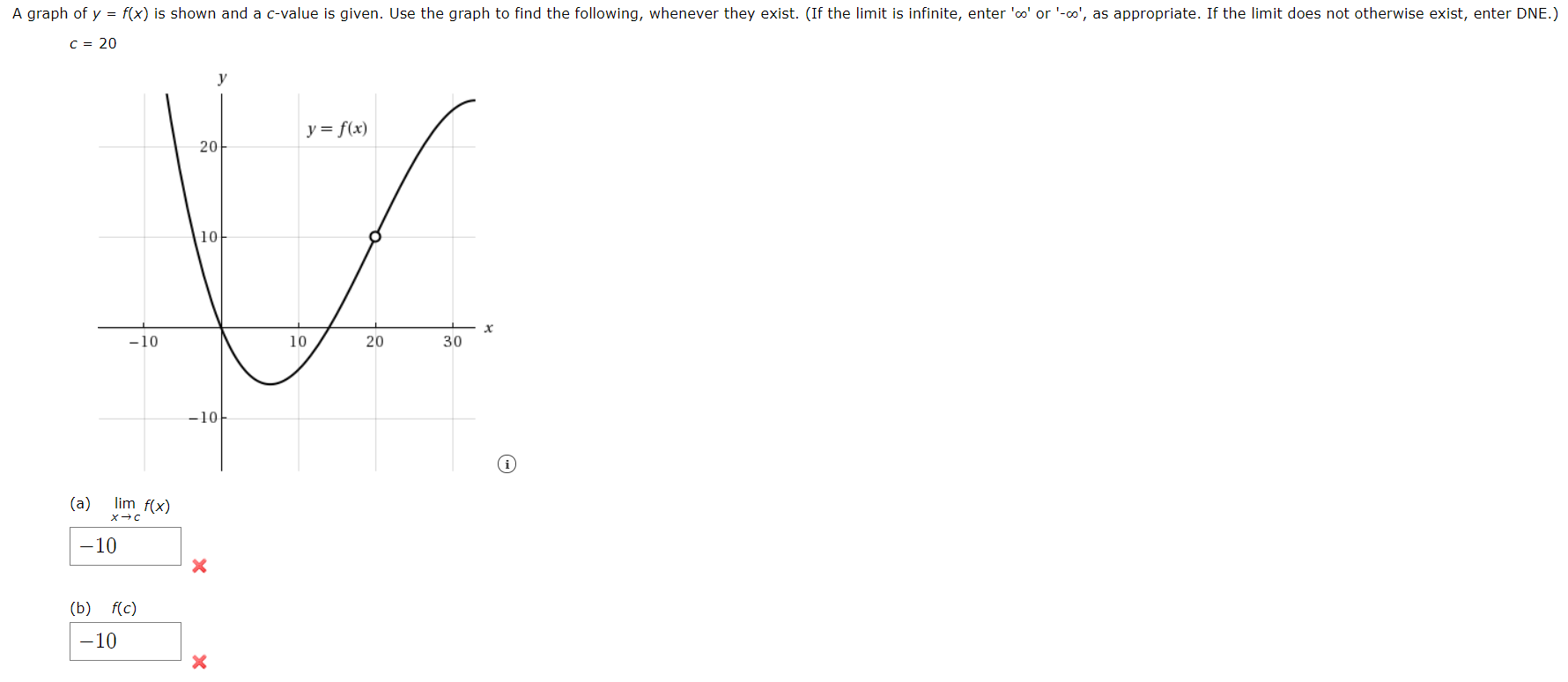



Answered A Graph Of Y F X Is Shown And A Bartleby




Drawing Graphs Of Y 1 F X And Y I1 F X I From Y F X Geogebra
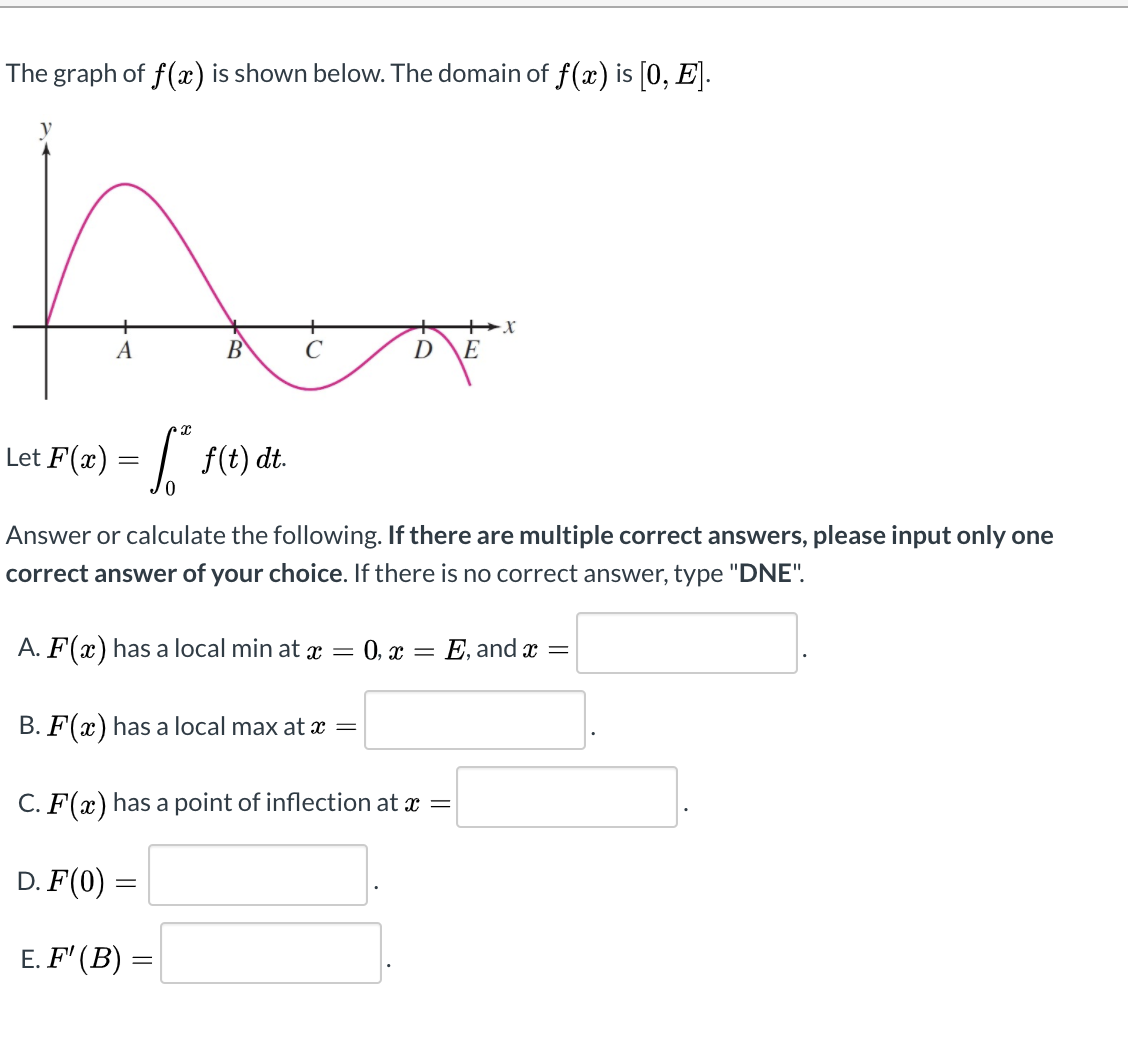



Answered The Graph Of F X Is Shown Below The Bartleby




Consider The Function F X X 3 Draw The Graph Of F X Maths Relations And Functions Meritnation Com
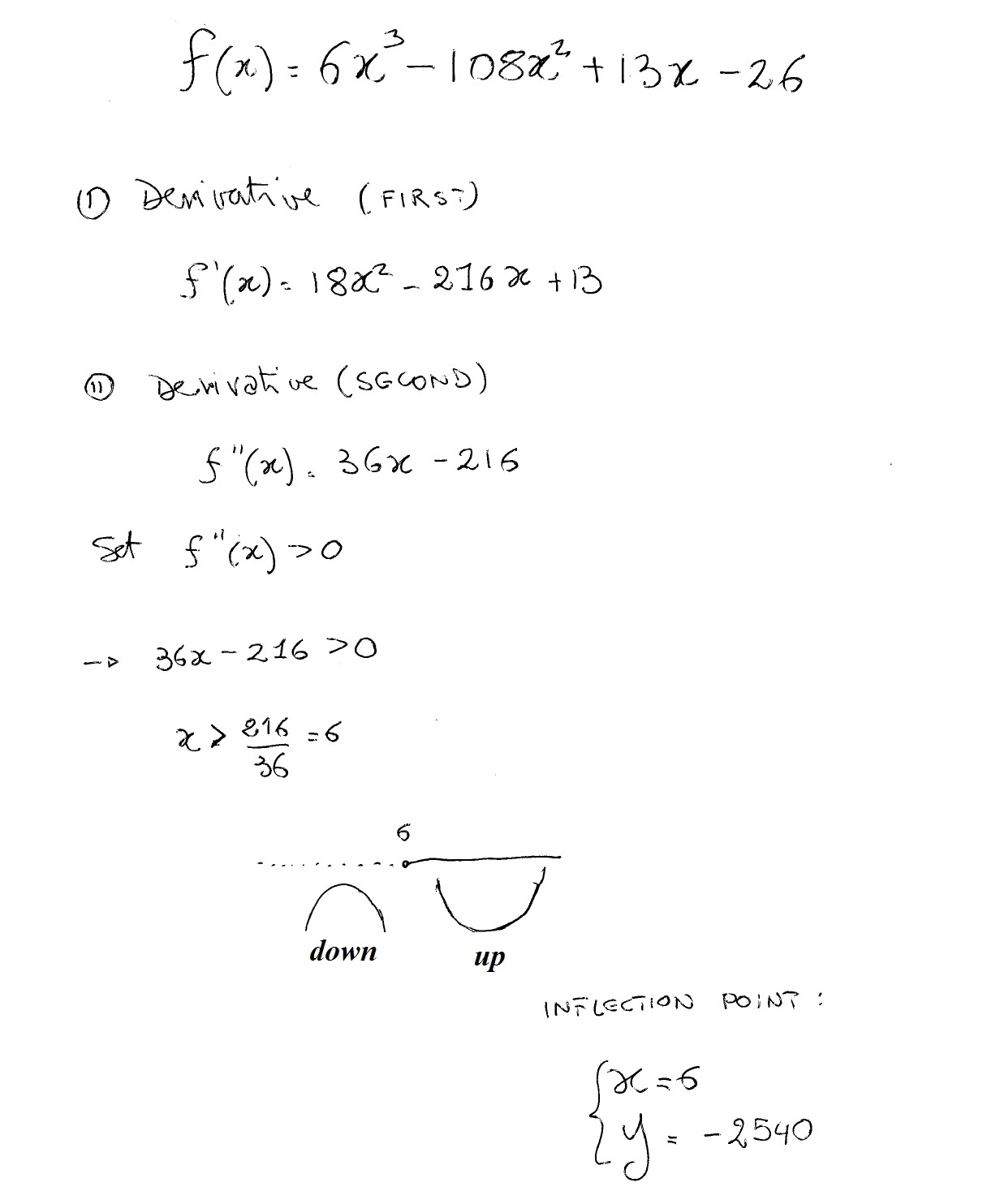



How Do You Determine The Values Of X For Which The Graph Of F Is Concave Up And Those On Which It Is Concave Down For F X 6 X 3 108 X 2
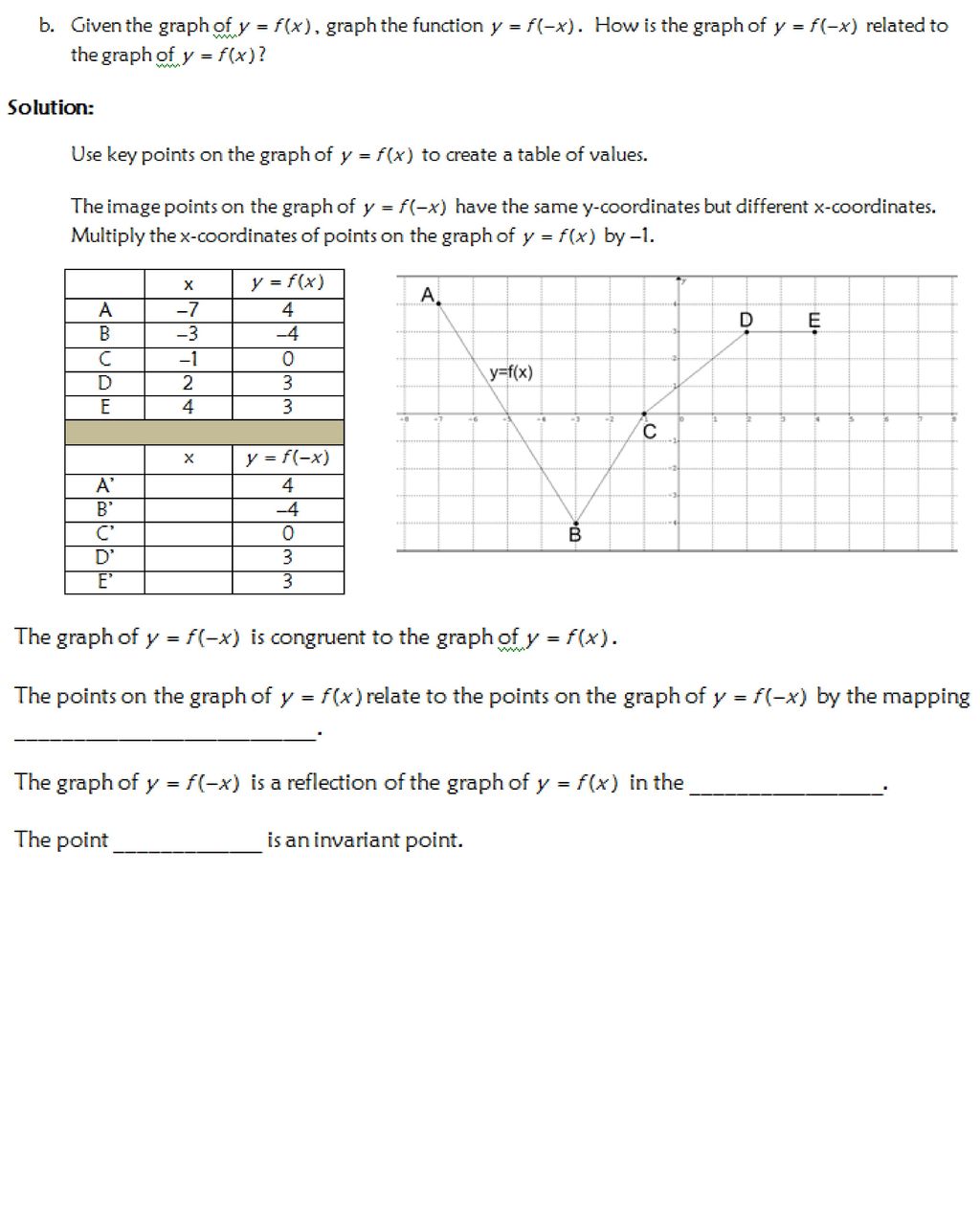



Warm Up How Does The Graph Of Compare To Sketch Both To Confirm Ppt Download




Finding Max Min Inflection Pts Given The Graph Of F X Or F X Youtube
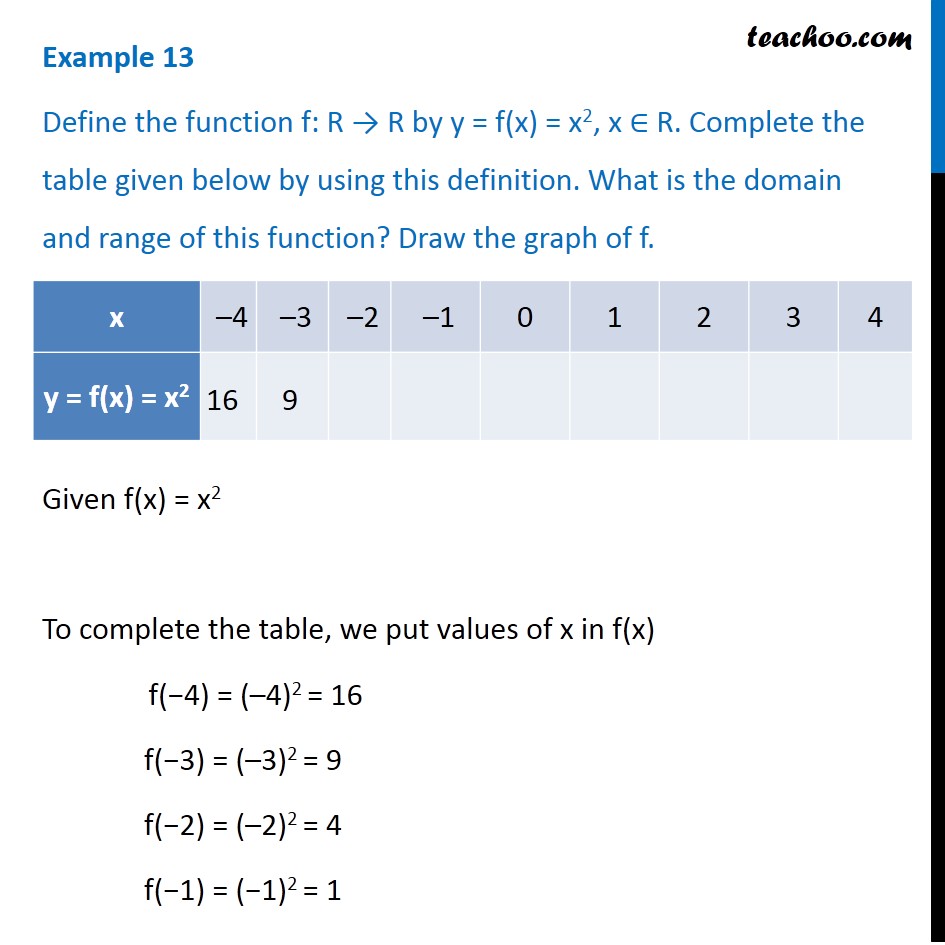



Example 13 Define Function Y F X X 2 Complete The Table
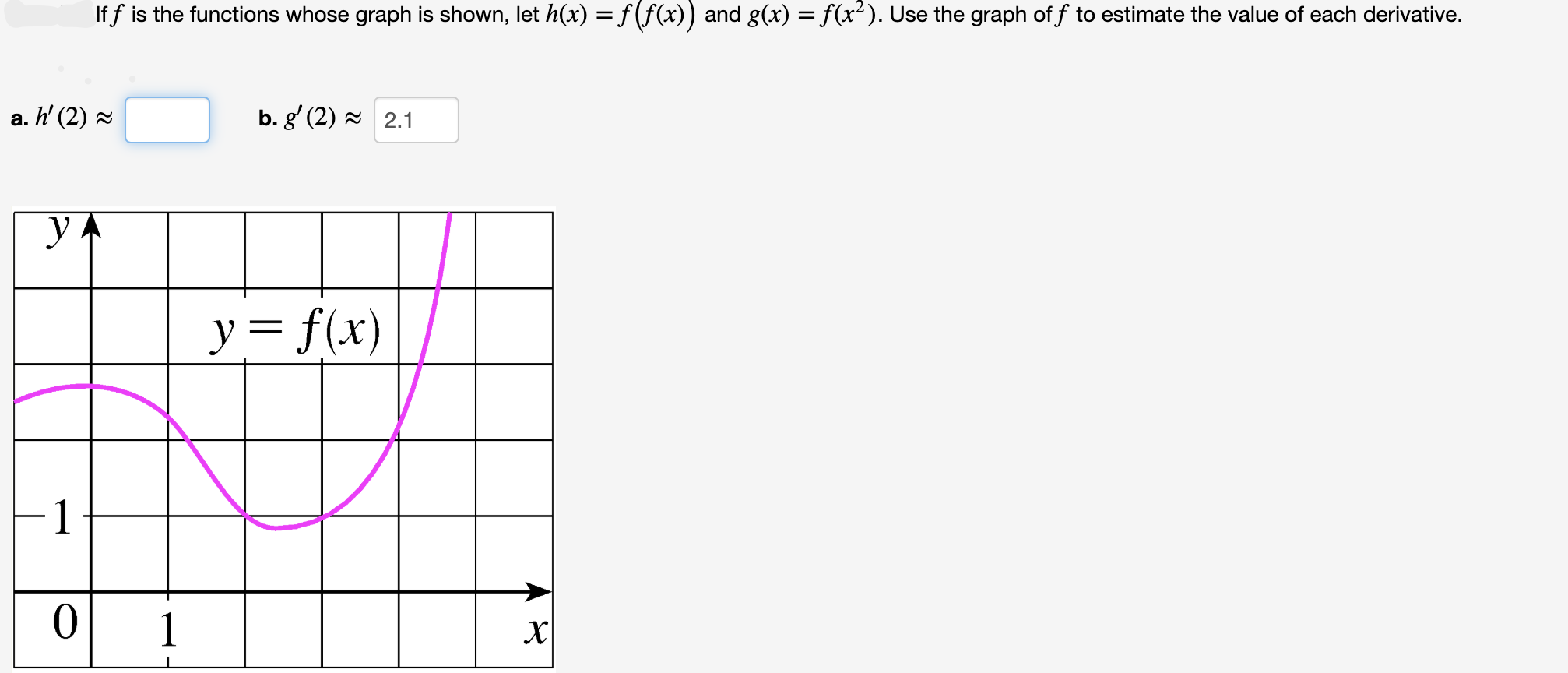



Answered If F Is The Functions Whose Graph Is Bartleby




The Graphs Of Functions F X And G X F X K Are Shown Below The Value Of K Is Brainly Com
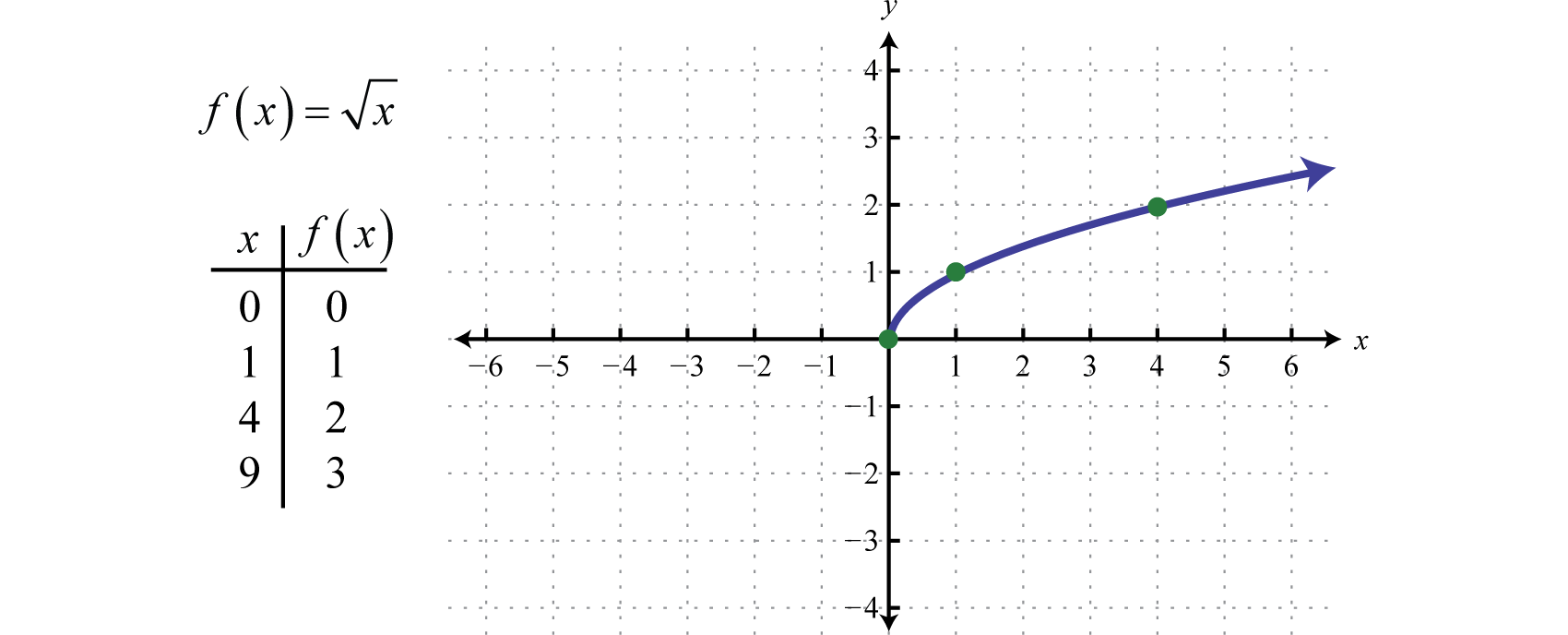



Graphing The Basic Functions



Geogebra Tutorial Functions




Graph Transformations Worksheets Questions And Revision Mme




The Function F X 3g X Which Of The Following Shows Possible Graphs Of F X And G X Brainly Com
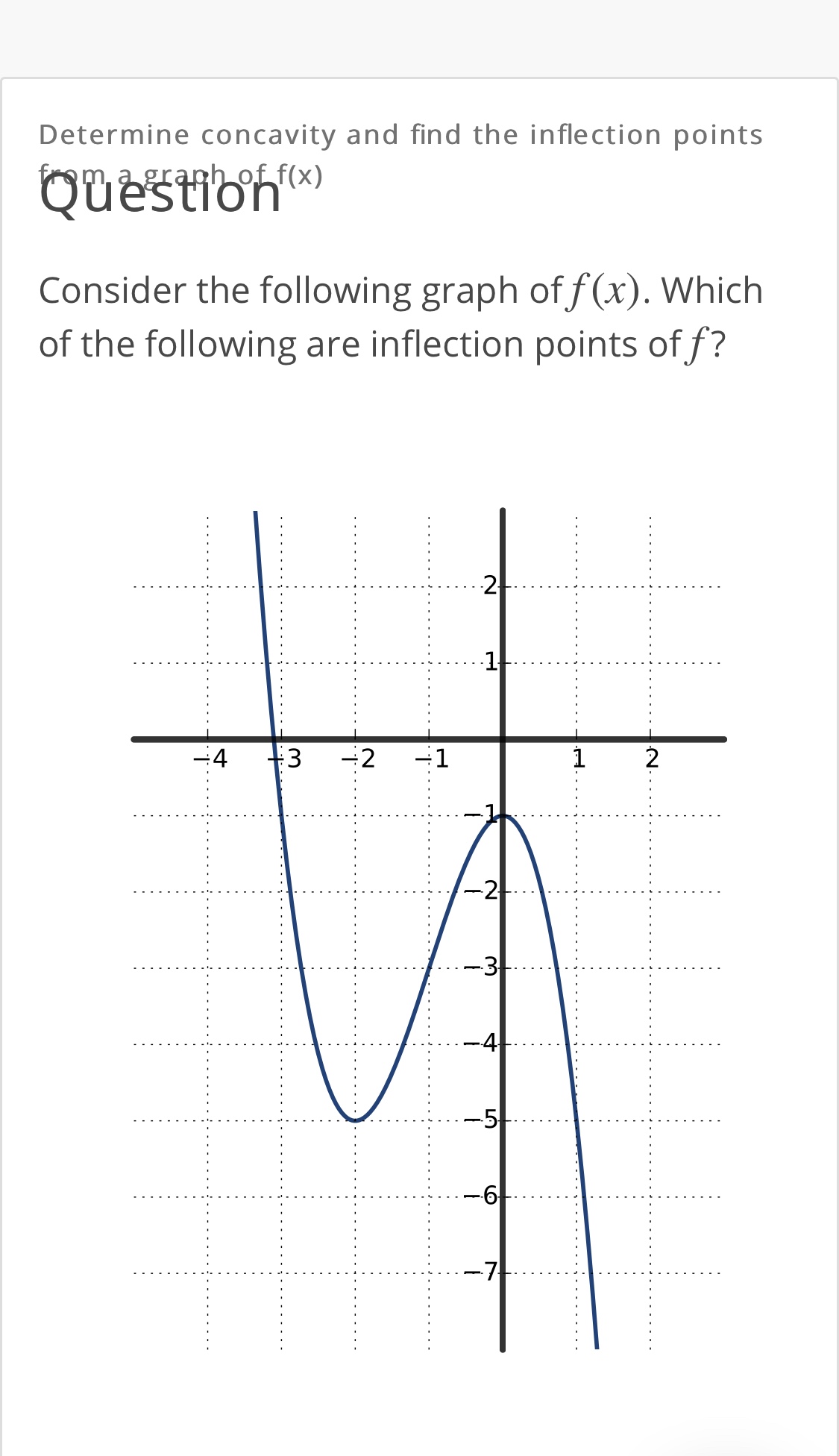



Answered Determine Concavity And Find The Bartleby




The Functions F X And G X Are Shown On The Graph Fx X What Is Brainly Com
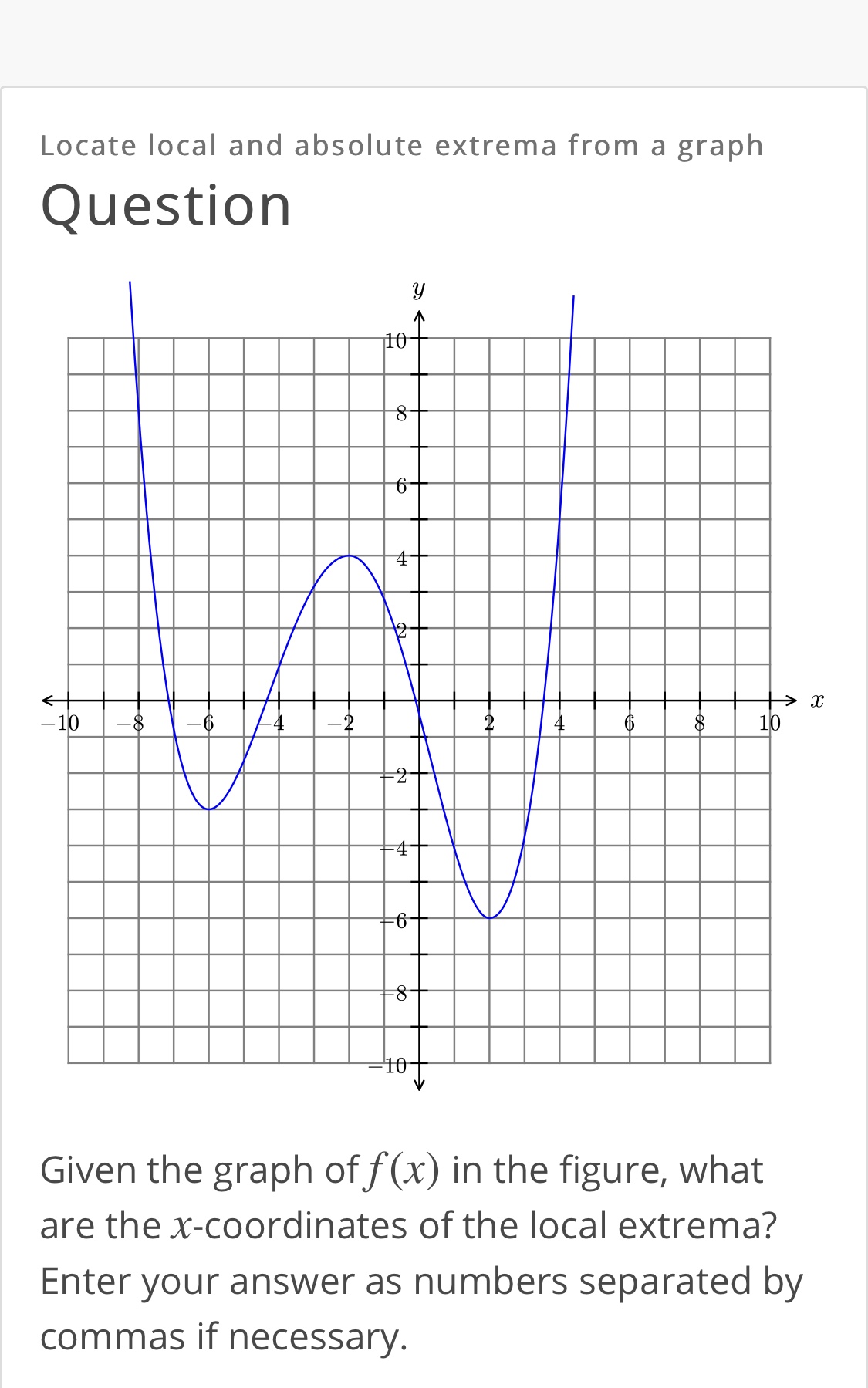



Answered Locate Local And Absolute Extrema From Bartleby




Using The First And Second Derivatives To Graph Function Youtube




Scaling Functions Vertically Examples Video Khan Academy




Identifying F F And F Based On Graphs Youtube
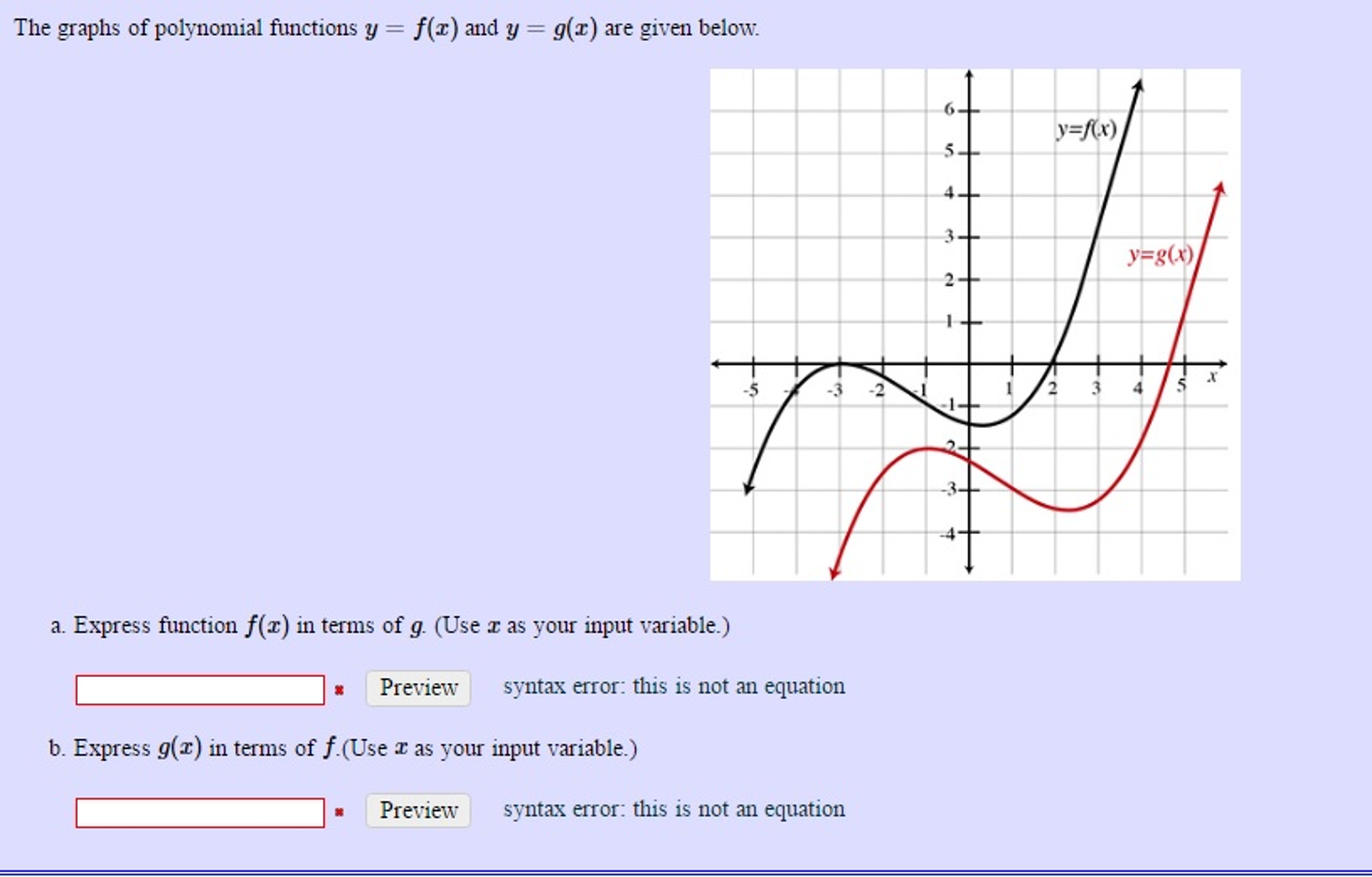



The Graphs Of Polynomial Functions Y F X And Y Chegg Com
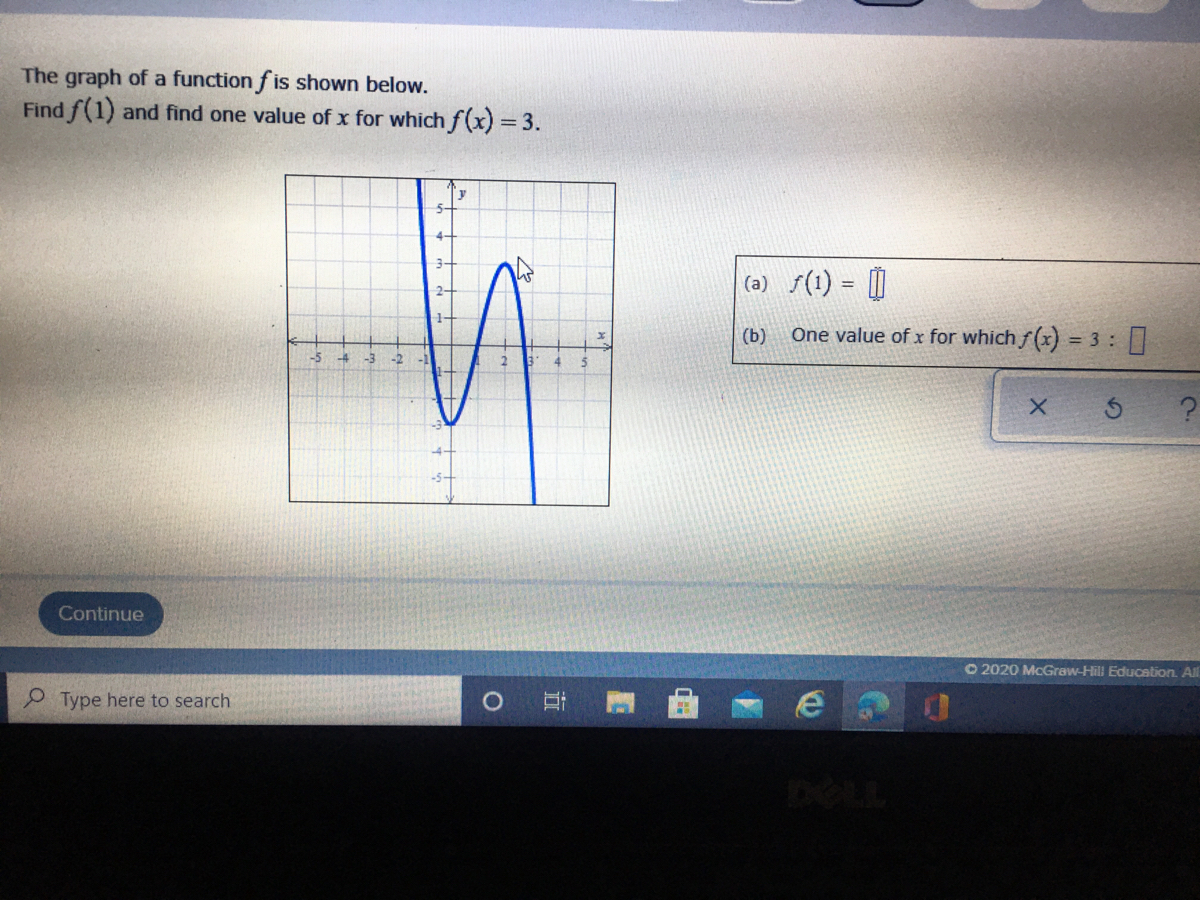



Answered The Graph Of A Function F Is Shown Bartleby



0 件のコメント:
コメントを投稿